One of the most common reasons why your kitchen sink won't drain after snaking is due to a clogged drain. This can happen due to a buildup of food particles, grease, soap scum, and other debris. It can also be caused by foreign objects getting stuck in the drain, such as hair, paper towels, or even small toys. When a clog occurs, it can prevent water from flowing freely and cause your sink to back up. One way to prevent clogs is to always scrape off excess food scraps into the trash before washing dishes. You can also use a drain strainer to catch any debris that may accidentally go down the drain. If you already have a clog, you can try using a plunger or a drain snake to dislodge it.1. Clogged Drain
A plunger is a handy tool for unclogging drains and is often the first thing people reach for when their kitchen sink won't drain. To use a plunger, fill the sink with enough water to cover the rubber part of the plunger. Place the plunger over the drain and begin plunging up and down vigorously. This will create suction and pressure that can help dislodge the clog. If the water still won't drain, try pouring some hot water down the drain and then plunging again. The heat from the water can help loosen the clog and make it easier to remove. If the plunger doesn't work, you may need to try a different method.2. Plunger
A drain snake is a long, flexible tool that can be inserted into a drain to remove clogs. It is especially useful for removing clogs that are deep within the pipes. To use a drain snake, insert the end with the auger into the drain and then turn the handle to push it further in. Keep turning the handle until you feel resistance, which indicates that you have reached the clog. Then, slowly pull the snake back out, which should bring the clog with it. For tougher clogs, you may need to use a motorized drain snake. These can be rented from hardware stores or you can call a professional plumber to use one for you. They are more powerful and can clear out even the most stubborn clogs.3. Drain Snake
If you prefer a more natural approach to clearing a clogged drain, you can try using a combination of baking soda and vinegar. Start by pouring half a cup of baking soda down the drain, followed by half a cup of vinegar. The mixture will create a chemical reaction that can help break down the clog. Let it sit for about 30 minutes and then pour hot water down the drain to flush it out. This method may not work for severe clogs, but it can be a good preventive measure to keep your drains clear and fresh-smelling. You can also try using this mixture regularly as a maintenance method to prevent future clogs.4. Baking Soda and Vinegar
In some cases, a simple pot of boiling water may be all you need to clear a clogged drain. Boil a large pot of water and then carefully pour it down the drain in stages. The hot water can help dissolve and loosen any grease or debris that may be causing the clog. However, be cautious when using this method as pouring boiling water into plastic pipes can cause damage. If your kitchen sink is still not draining after using boiling water, you may need to try a more powerful method.5. Boiling Water
A plumber's auger, also known as a plumber's snake or toilet jack, is a tool that is specifically designed for unclogging drains. It consists of a long, flexible cable with a coiled metal spring on one end and a handle on the other. To use a plumber's auger, insert the end with the spring into the drain and then slowly turn the handle to send the cable further down the pipe. Keep turning until you feel resistance, then pull the cable back out, which should also bring the clog with it. Plumber's augers are more powerful than regular drain snakes and are often used by professional plumbers to tackle tough clogs. If you are not confident in using one, it's best to call a plumber for assistance.6. Plumber's Auger
If you have tried all the above methods and your kitchen sink still won't drain, it may be time to call in the professionals for hydro jetting. This is a method of using high-pressure water to blast through tough clogs and clean out your pipes. It can be an effective way to clear out any buildup and debris that may be causing your sink to drain slowly. Hydro jetting is not a DIY method and should only be done by a trained professional. It can be quite expensive, but it can also be a long-term solution to maintaining clear and free-flowing drains.7. Hydro Jetting
One of the main culprits of kitchen sink clogs is grease. When cooking oils and fats are washed down the drain, they can solidify and stick to the walls of your pipes, creating a buildup that can eventually lead to clogs. To prevent this, avoid pouring grease down the drain and instead, dispose of it in a separate container. If you already have a buildup of grease in your pipes, you can try using a commercial drain cleaner specifically designed for grease. However, be careful when using these products as they can be harmful to your pipes and the environment. It's always best to consult a professional plumber for advice on how to effectively and safely remove grease buildup from your kitchen sink.8. Grease Buildup
If your kitchen sink won't drain after snaking, it could be because of a malfunctioning garbage disposal. If your sink has a disposal unit, it's possible that the clog is located there. Turn off the power to the disposal unit and carefully check inside to see if there is any debris blocking the blades. You can use tongs or a long object to remove any objects that may be causing the clog. If the disposal unit is clear and your sink still won't drain, the problem may be with the unit itself. In this case, it's best to call a professional plumber for repairs or replacement.9. Garbage Disposal
If none of the above methods work and your kitchen sink still won't drain, the problem may not be in your sink or pipes, but in your main sewer line. A blockage in the sewer line can cause all the drains in your house to back up, including your kitchen sink. Signs of a sewer line blockage include multiple drains backing up at once, gurgling sounds, and foul odors. A sewer line blockage is a serious issue that requires immediate attention from a professional plumber. They will need to use specialized equipment to locate and remove the blockage, which could be caused by tree roots, collapsed pipes, or other obstructions. Ignoring a sewer line blockage can lead to costly repairs and potential health hazards, so it's important to address it as soon as possible. In conclusion, a kitchen sink that won't drain after snaking can be a frustrating problem to deal with, but it's not impossible to fix. By using the methods mentioned above, you can effectively clear out clogs and prevent them from happening in the future. If you are unable to fix the problem on your own, don't hesitate to call a professional plumber for assistance. Remember, a little preventative maintenance can go a long way in keeping your kitchen sink and drains functioning properly.10. Sewer Line Blockage
Why Your Kitchen Sink Won't Drain After Snaking: Common Causes and Solutions

Introduction
 When it comes to house design, the kitchen is often considered the heart of the home. It's where we gather to cook, eat, and spend time with family and friends. So, when something goes wrong with our kitchen sink, it can cause a major disruption to our daily routine. One common issue that homeowners face is a kitchen sink that won't drain after snaking. This can be a frustrating and messy problem, but understanding the causes and solutions can help you get your sink back in working order. Here, we'll discuss some of the main reasons why your kitchen sink won't drain after snaking and how to fix them.
When it comes to house design, the kitchen is often considered the heart of the home. It's where we gather to cook, eat, and spend time with family and friends. So, when something goes wrong with our kitchen sink, it can cause a major disruption to our daily routine. One common issue that homeowners face is a kitchen sink that won't drain after snaking. This can be a frustrating and messy problem, but understanding the causes and solutions can help you get your sink back in working order. Here, we'll discuss some of the main reasons why your kitchen sink won't drain after snaking and how to fix them.
The Role of Snaking in Drain Cleaning
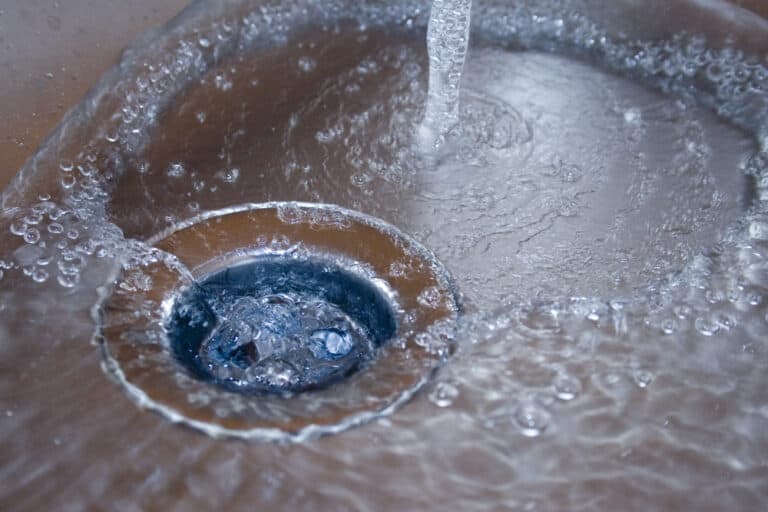 First, let's start by understanding what snaking actually is. Snaking is a method of drain cleaning that involves using a long, flexible tool called a plumbing snake to break up and remove clogs in pipes. It's a common and effective way to clear out debris and keep your drains flowing smoothly. However, there are certain situations where snaking may not be enough to fully resolve a clogged sink.
First, let's start by understanding what snaking actually is. Snaking is a method of drain cleaning that involves using a long, flexible tool called a plumbing snake to break up and remove clogs in pipes. It's a common and effective way to clear out debris and keep your drains flowing smoothly. However, there are certain situations where snaking may not be enough to fully resolve a clogged sink.
Common Causes of a Kitchen Sink That Won't Drain After Snaking
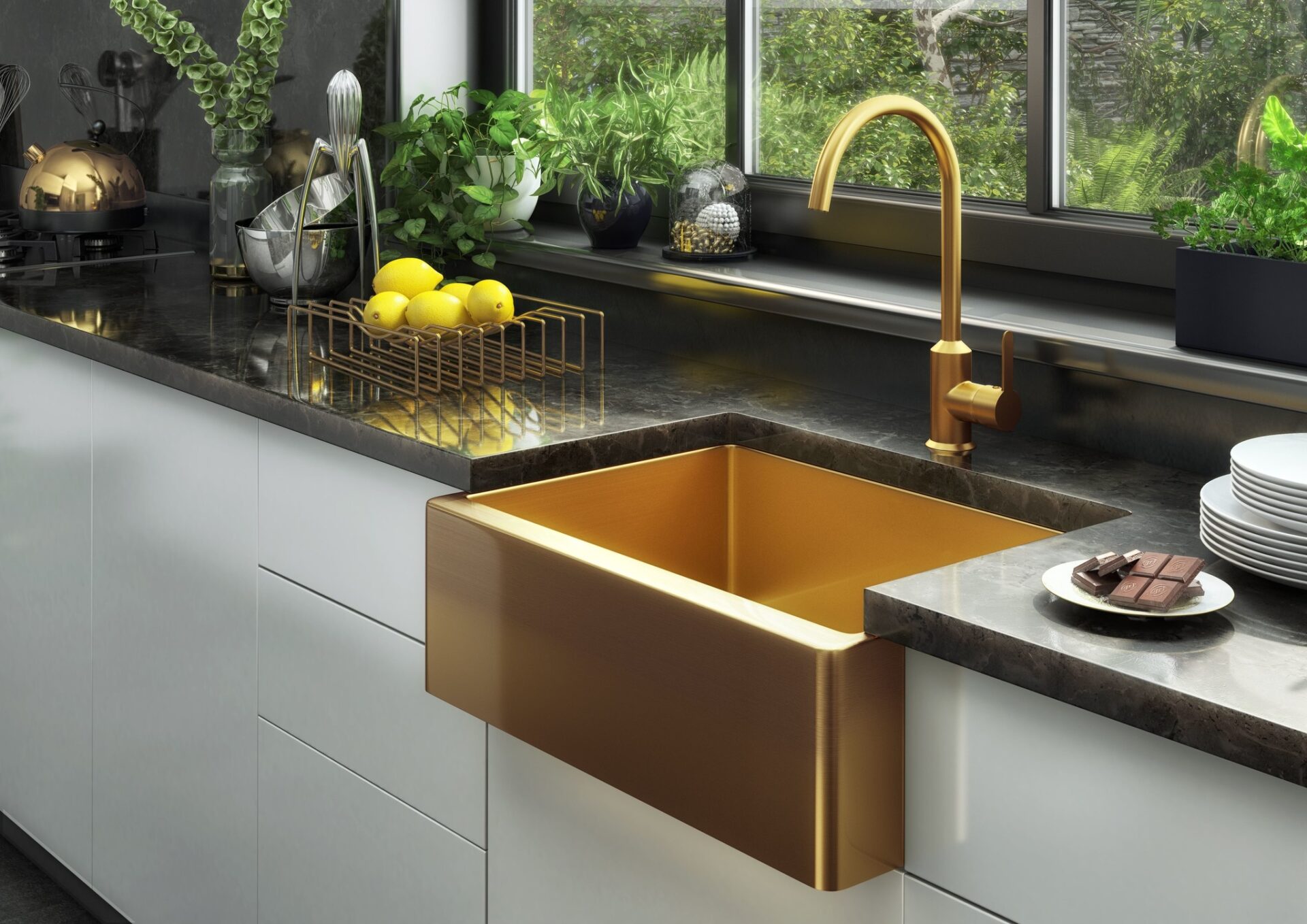
1. Grease and Food Buildup
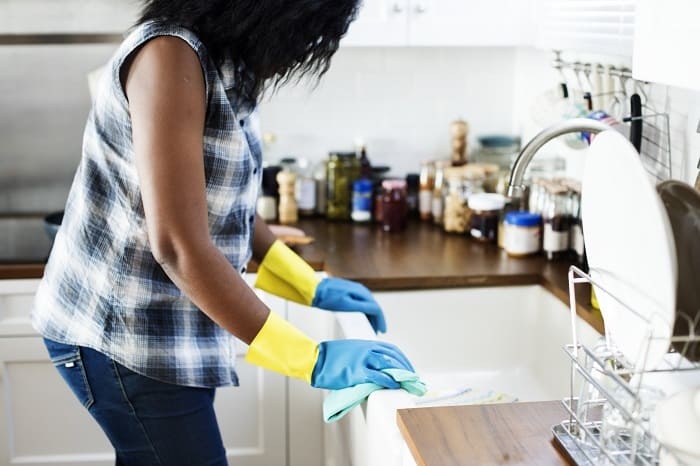 One of the most common causes of a kitchen sink that won't drain after snaking is a buildup of grease and food particles. Over time, these substances can accumulate in your pipes and create a stubborn clog that a plumbing snake may not be able to fully remove. To prevent this issue, make sure to properly dispose of cooking oils and food scraps and regularly clean your sink with hot water and soap.
One of the most common causes of a kitchen sink that won't drain after snaking is a buildup of grease and food particles. Over time, these substances can accumulate in your pipes and create a stubborn clog that a plumbing snake may not be able to fully remove. To prevent this issue, make sure to properly dispose of cooking oils and food scraps and regularly clean your sink with hot water and soap.
2. Foreign Objects
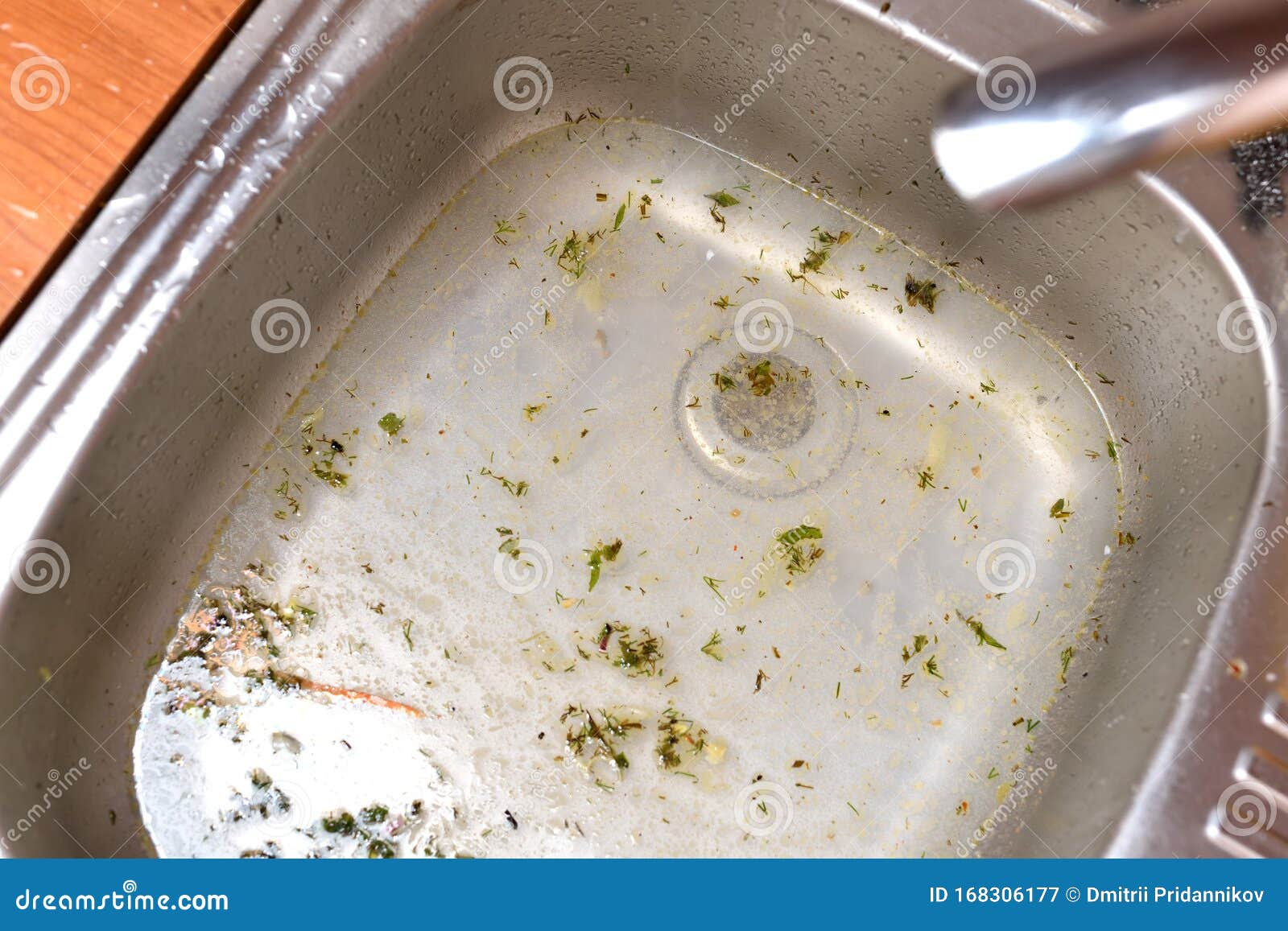 Another reason your kitchen sink may not drain after snaking is the presence of foreign objects in your pipes. Things like utensils, paper towels, and even children's toys can accidentally make their way into your sink and cause a clog. If you suspect this may be the case, it's best to call a professional plumber who has the proper tools and expertise to remove the object without causing further damage to your pipes.
Another reason your kitchen sink may not drain after snaking is the presence of foreign objects in your pipes. Things like utensils, paper towels, and even children's toys can accidentally make their way into your sink and cause a clog. If you suspect this may be the case, it's best to call a professional plumber who has the proper tools and expertise to remove the object without causing further damage to your pipes.
3. Damaged or Collapsed Pipes
 In some cases, a kitchen sink that won't drain after snaking may be a sign of more serious issues with your plumbing system. If your pipes are old or have been damaged by tree roots or other factors, they may be at risk of collapsing or becoming completely blocked. In these situations, snaking may only provide temporary relief and a more permanent solution, such as pipe replacement, may be necessary.
In some cases, a kitchen sink that won't drain after snaking may be a sign of more serious issues with your plumbing system. If your pipes are old or have been damaged by tree roots or other factors, they may be at risk of collapsing or becoming completely blocked. In these situations, snaking may only provide temporary relief and a more permanent solution, such as pipe replacement, may be necessary.
Solutions for a Kitchen Sink That Won't Drain After Snaking
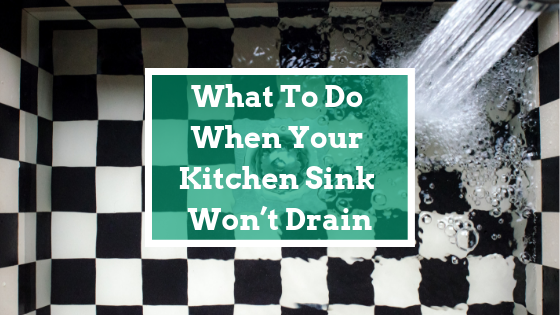
1. Use a Plunger
 If you've already tried snaking your kitchen sink and it still won't drain, the next step is to try using a plunger. This can help dislodge any remaining debris and create enough pressure to push it through the pipes.
If you've already tried snaking your kitchen sink and it still won't drain, the next step is to try using a plunger. This can help dislodge any remaining debris and create enough pressure to push it through the pipes.
2. Try a Chemical Drain Cleaner
3. Call a Professional Plumber
 If all else fails, it's best to call a professional plumber who can assess the situation and provide the appropriate solution. They have the knowledge, experience, and tools to effectively clear stubborn clogs and repair any underlying issues with your pipes.
If all else fails, it's best to call a professional plumber who can assess the situation and provide the appropriate solution. They have the knowledge, experience, and tools to effectively clear stubborn clogs and repair any underlying issues with your pipes.
In Conclusion
 A kitchen sink that won't drain after snaking can be a frustrating and inconvenient problem, but understanding the common causes and solutions can help you resolve it quickly and effectively. Remember to properly maintain your sink and pipes to prevent future clogs, and don't hesitate to seek professional help if needed. With these tips, you can keep your kitchen sink flowing smoothly and enjoy a functional and beautiful space in your home.
A kitchen sink that won't drain after snaking can be a frustrating and inconvenient problem, but understanding the common causes and solutions can help you resolve it quickly and effectively. Remember to properly maintain your sink and pipes to prevent future clogs, and don't hesitate to seek professional help if needed. With these tips, you can keep your kitchen sink flowing smoothly and enjoy a functional and beautiful space in your home.
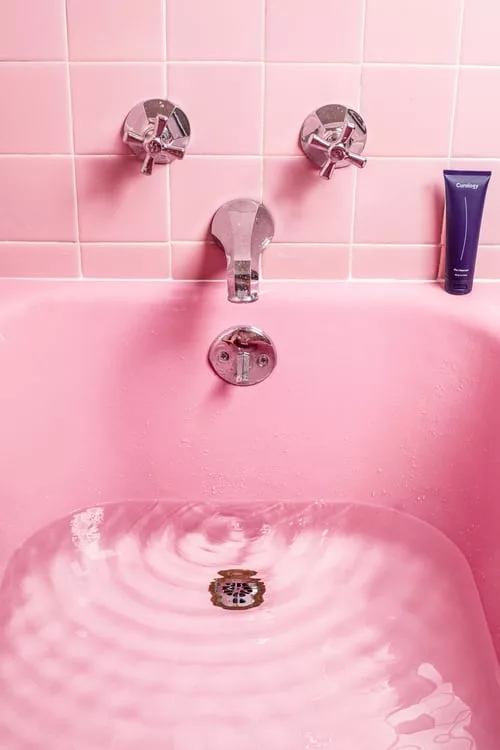


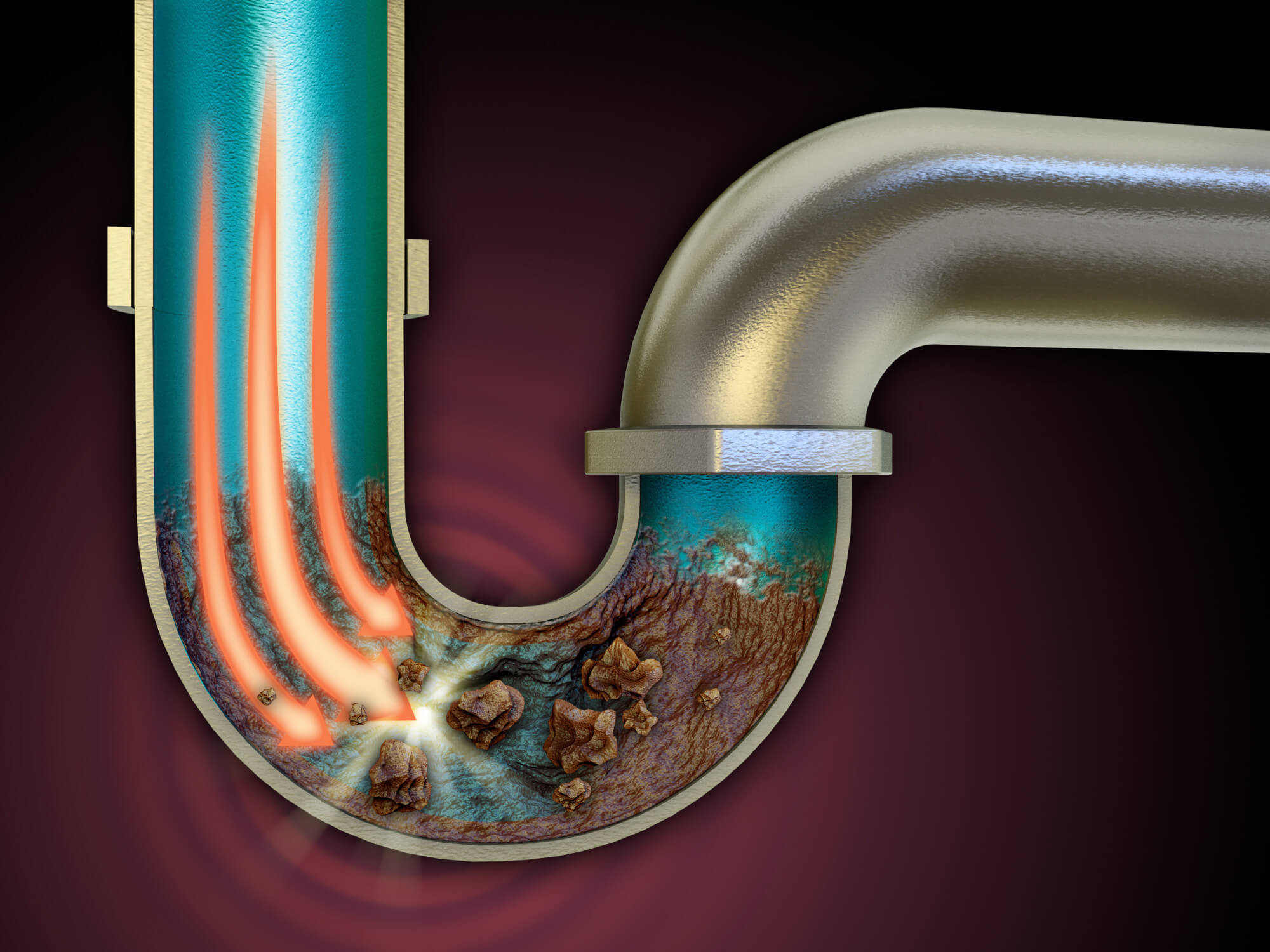

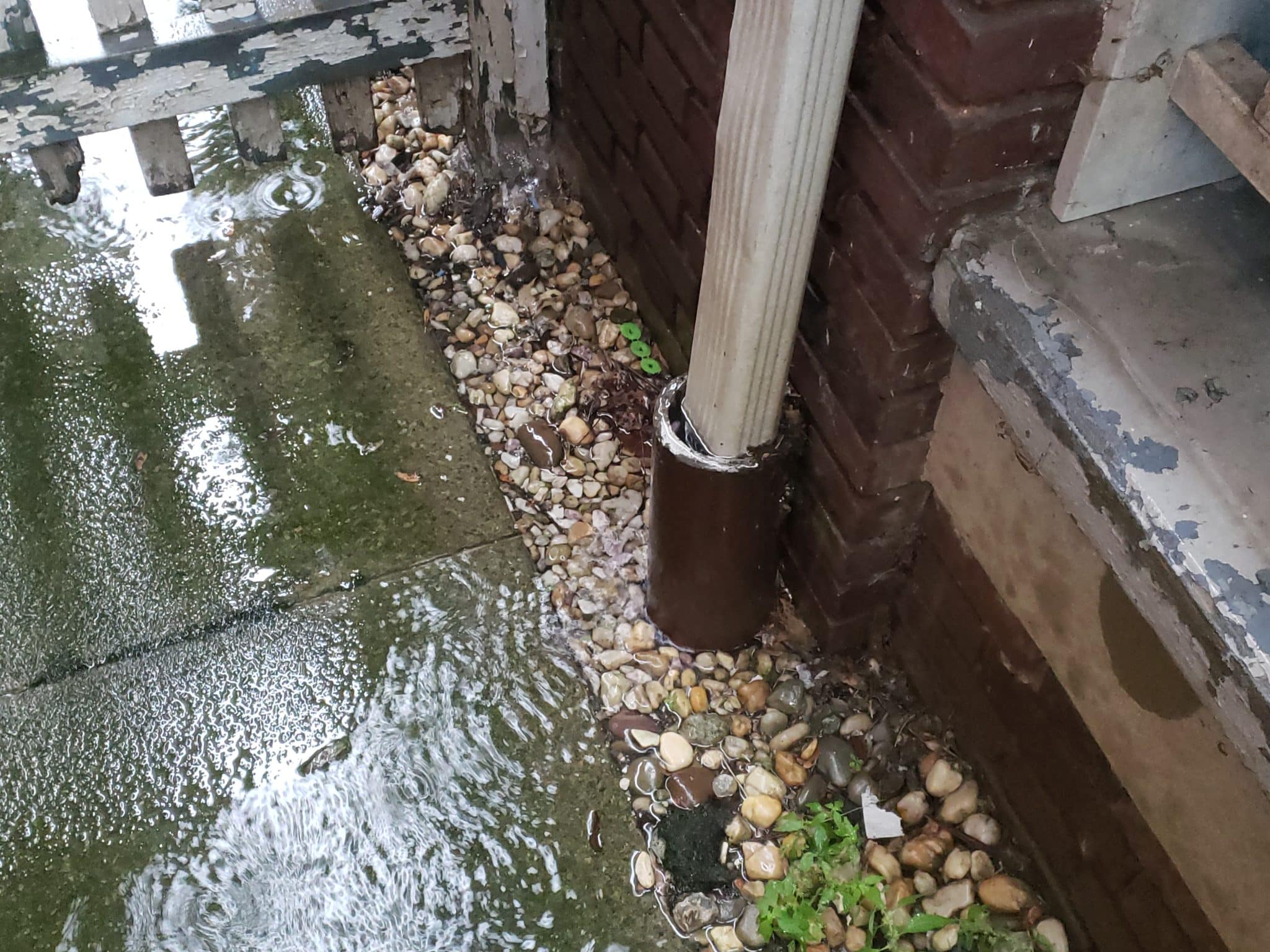
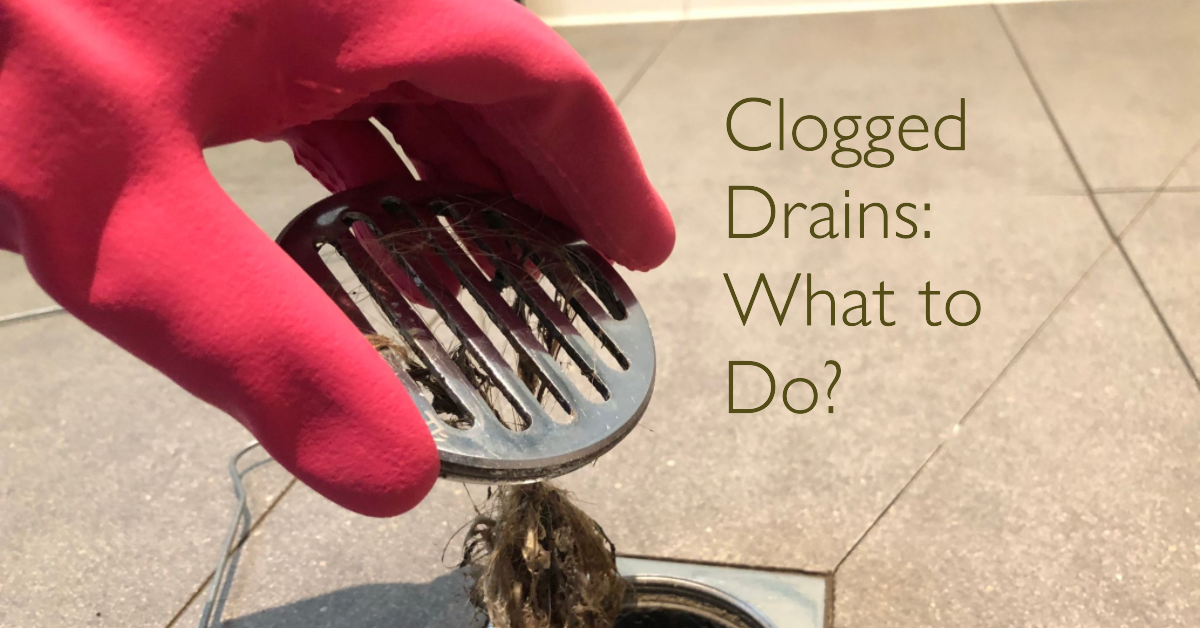
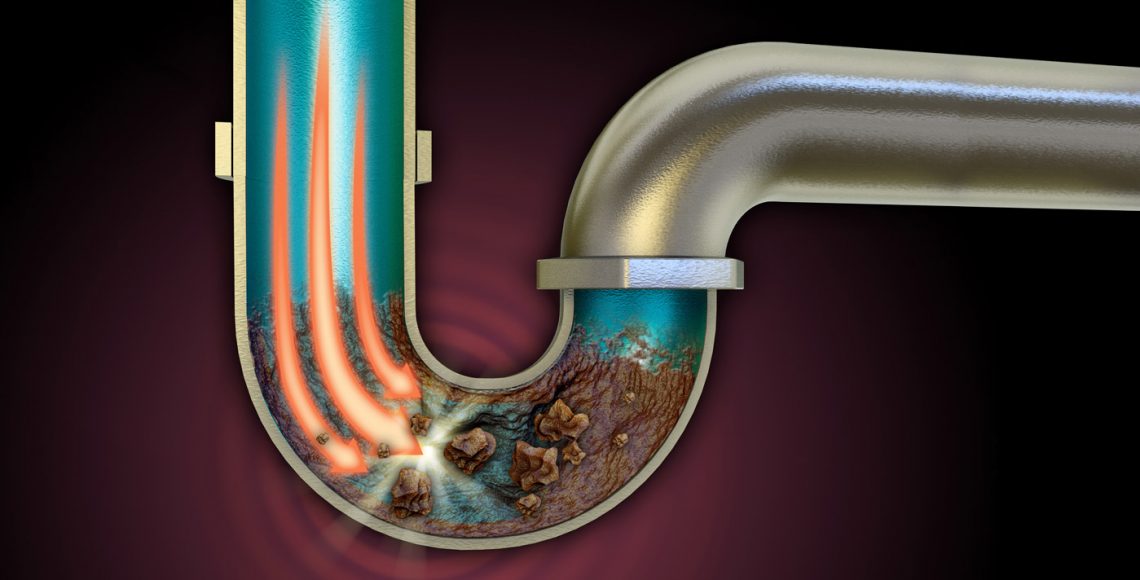
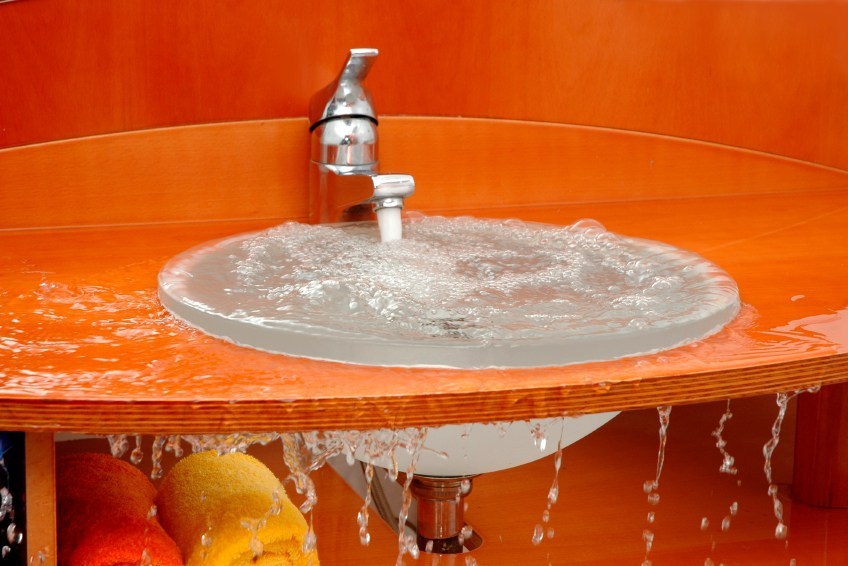
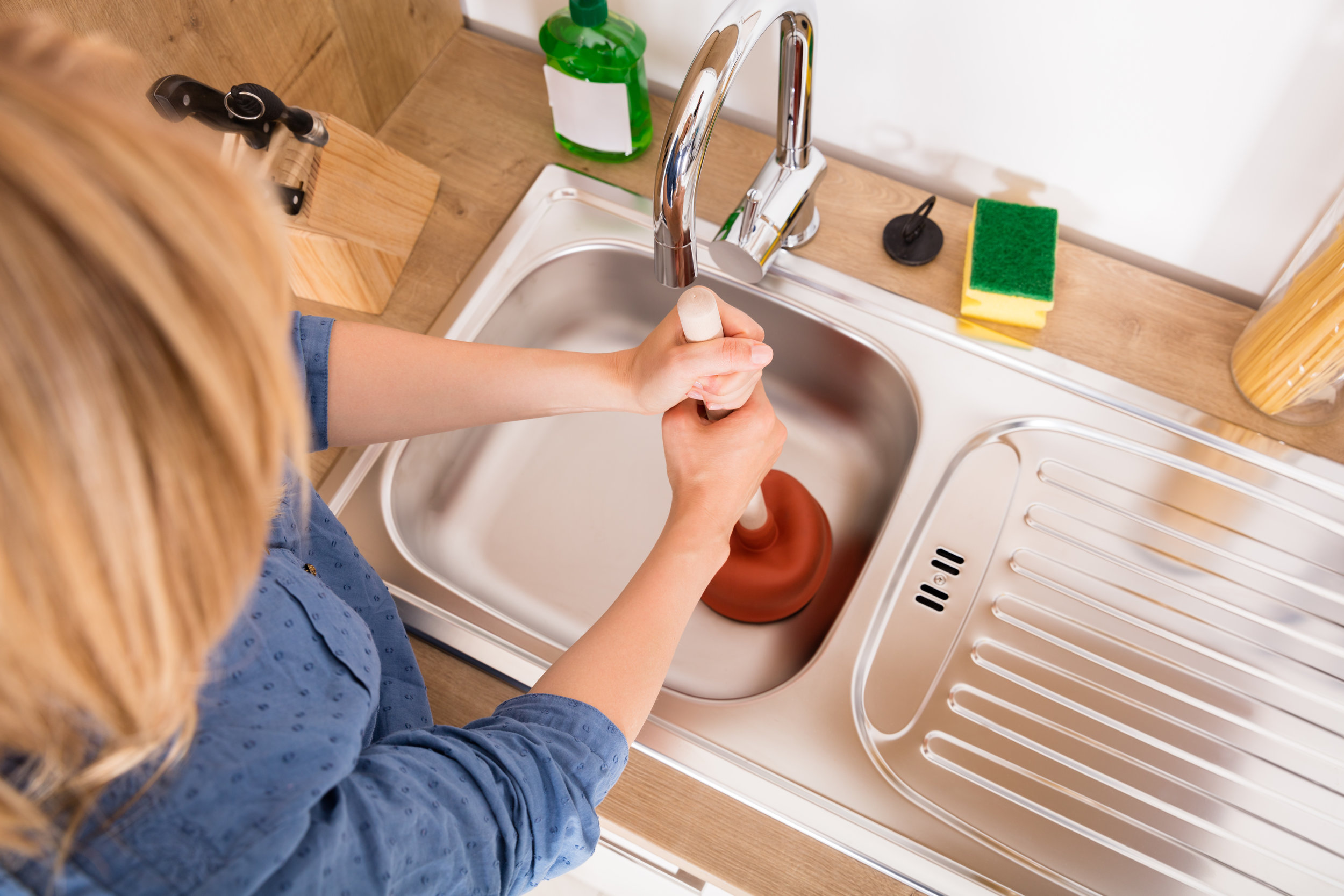
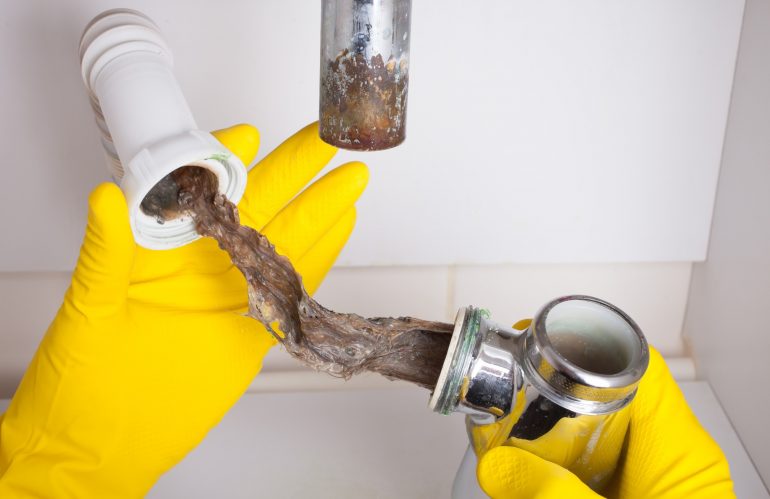

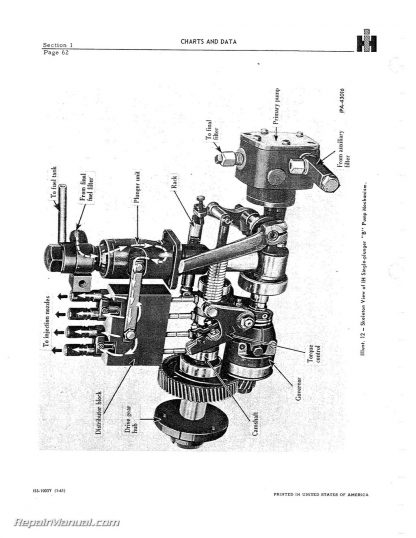
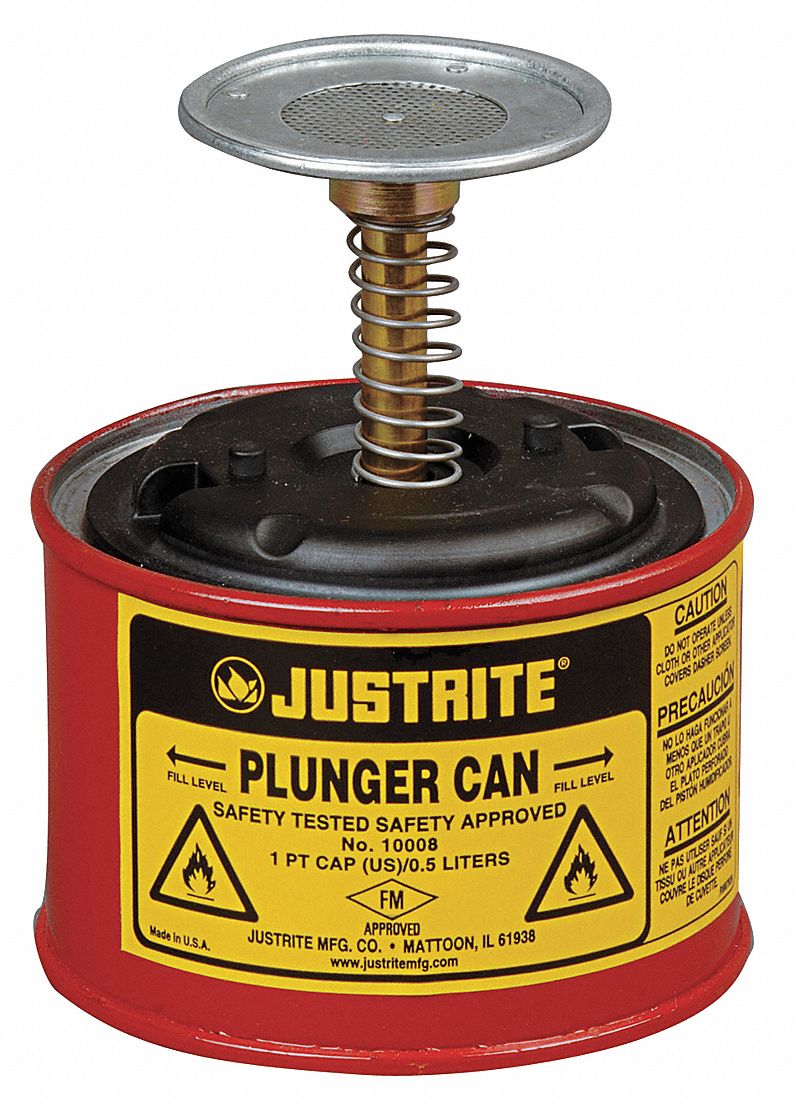



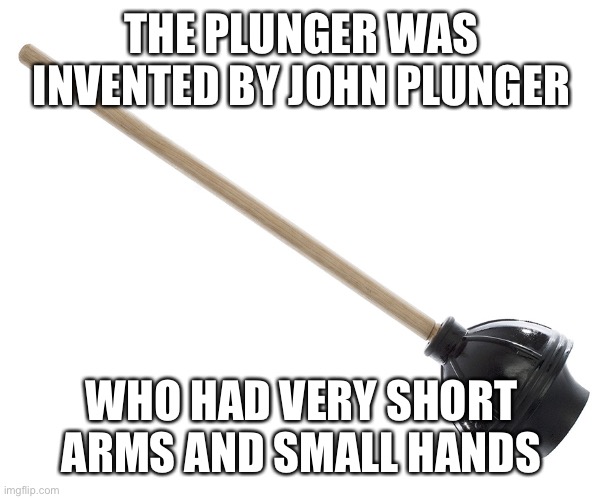



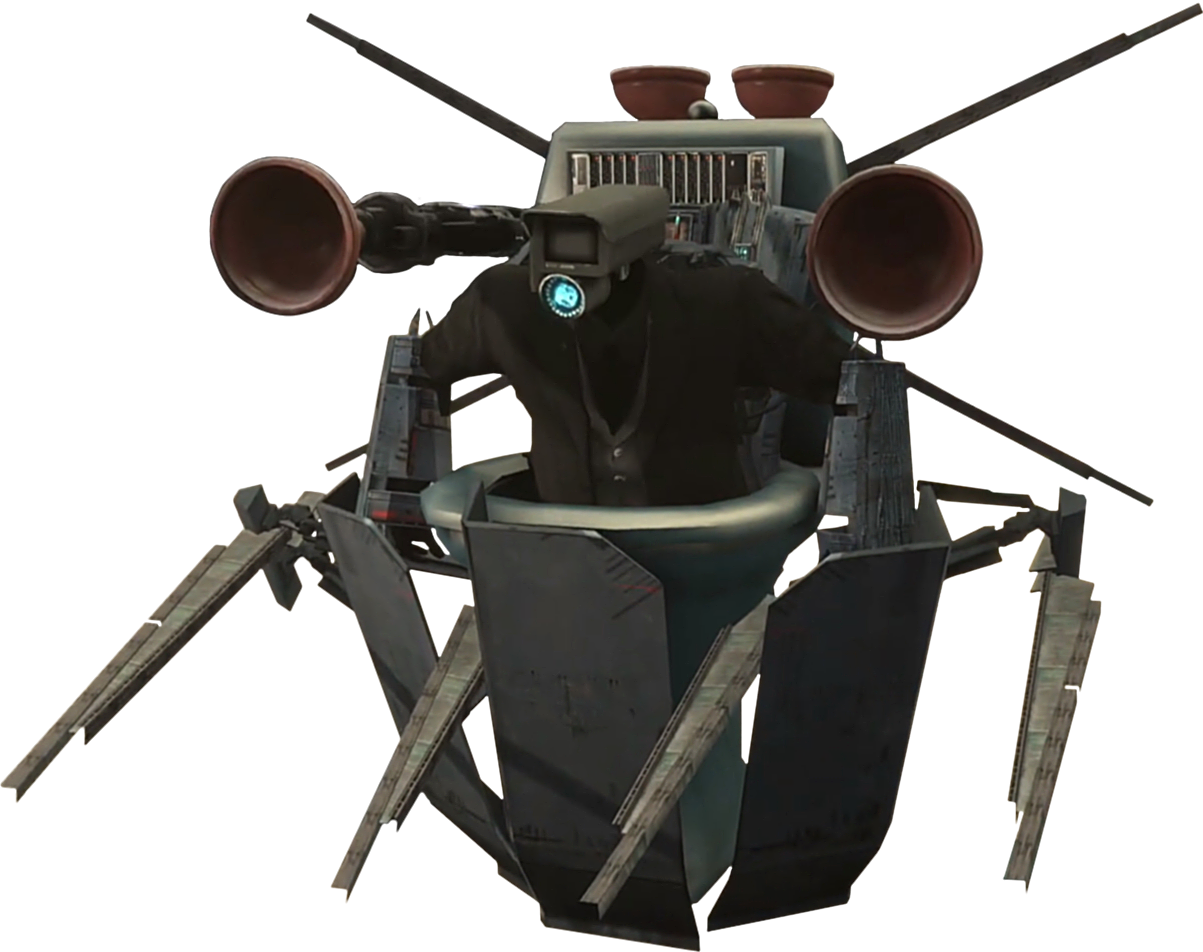
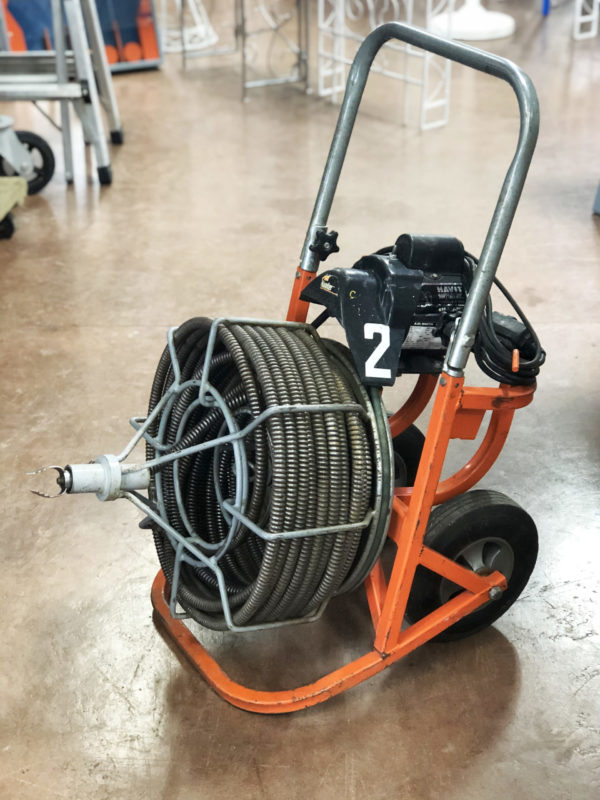







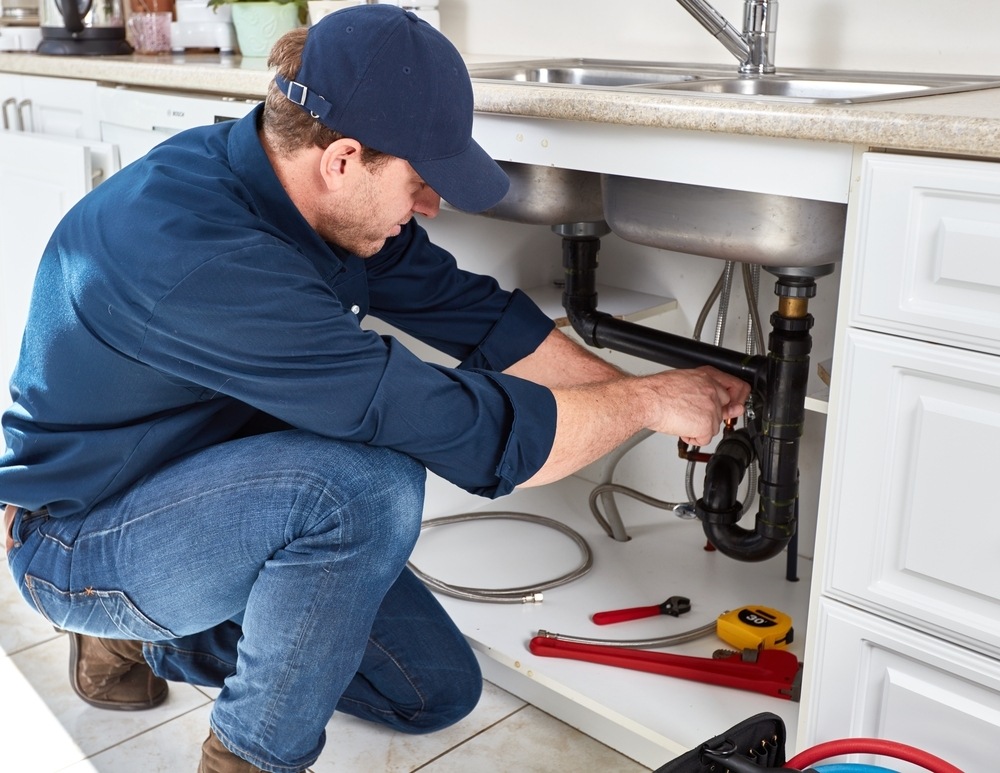
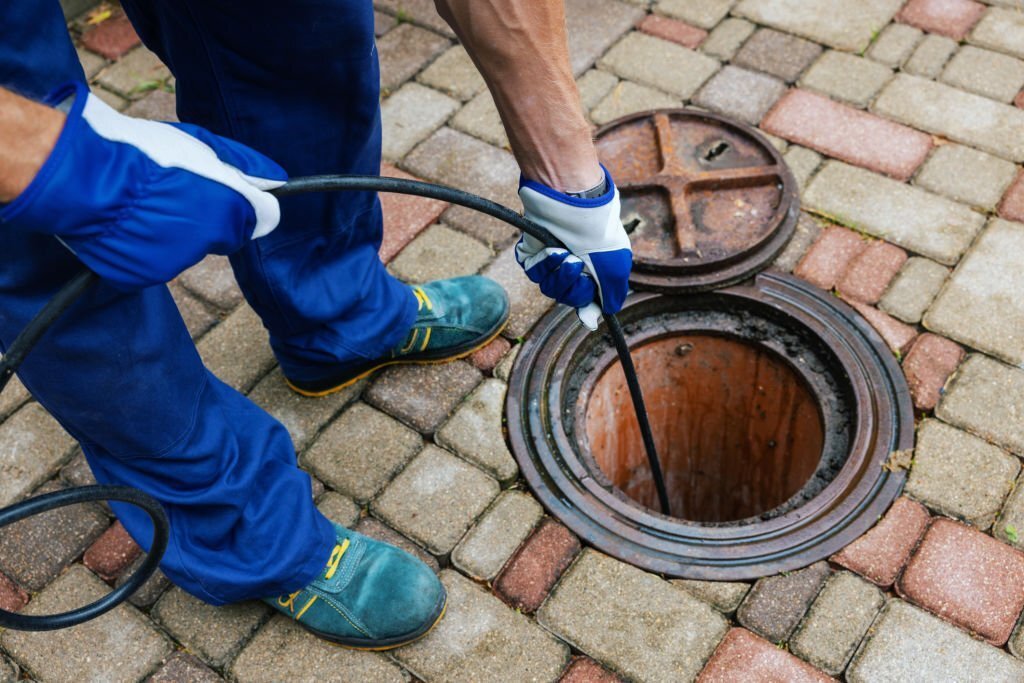

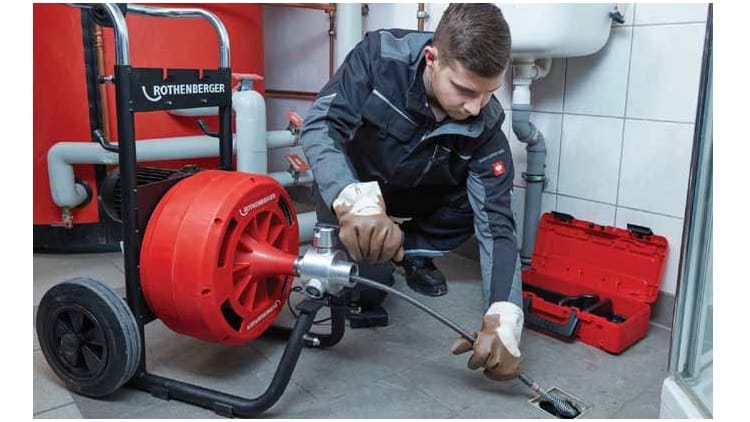




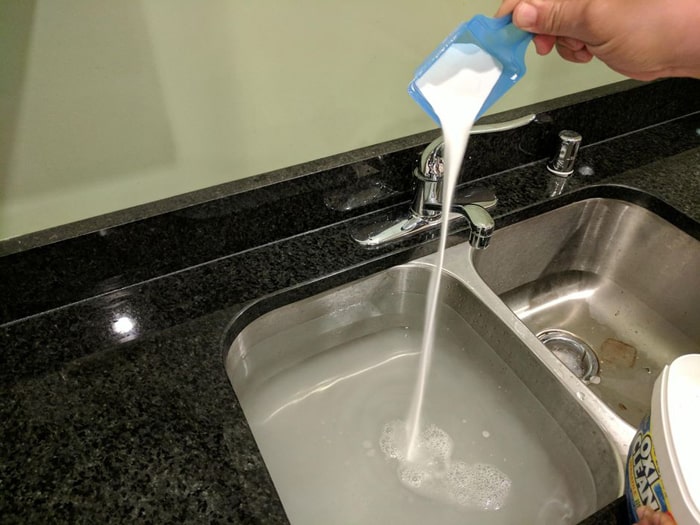


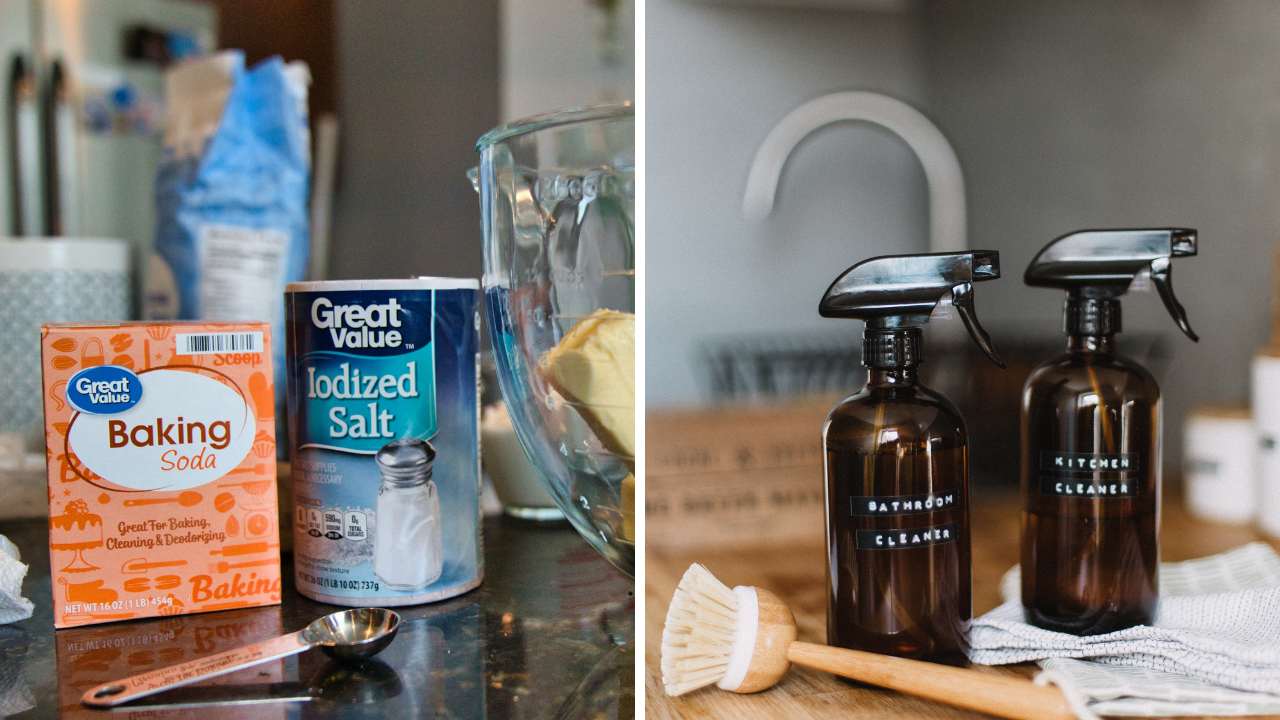
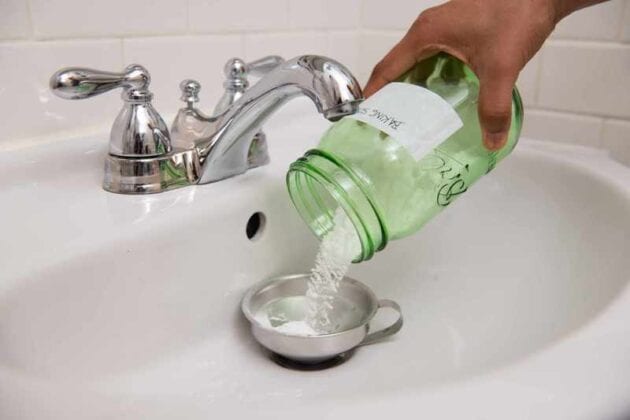




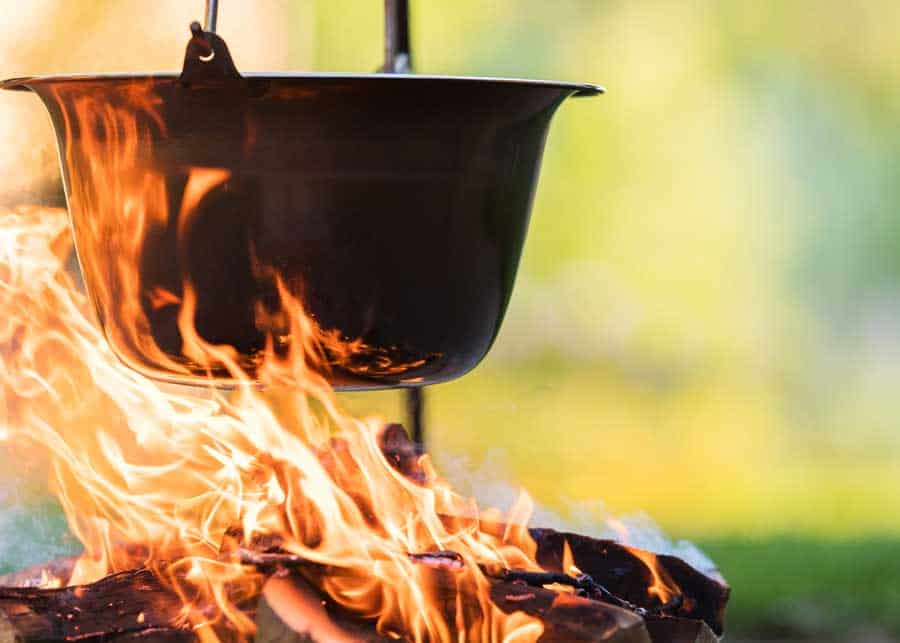
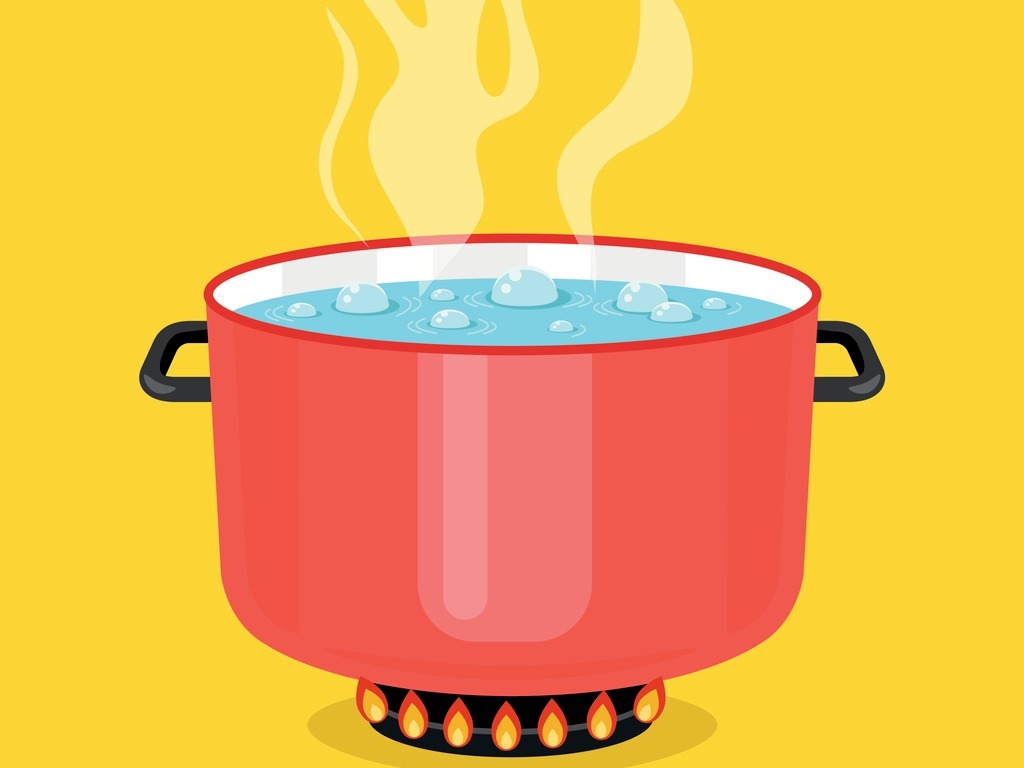
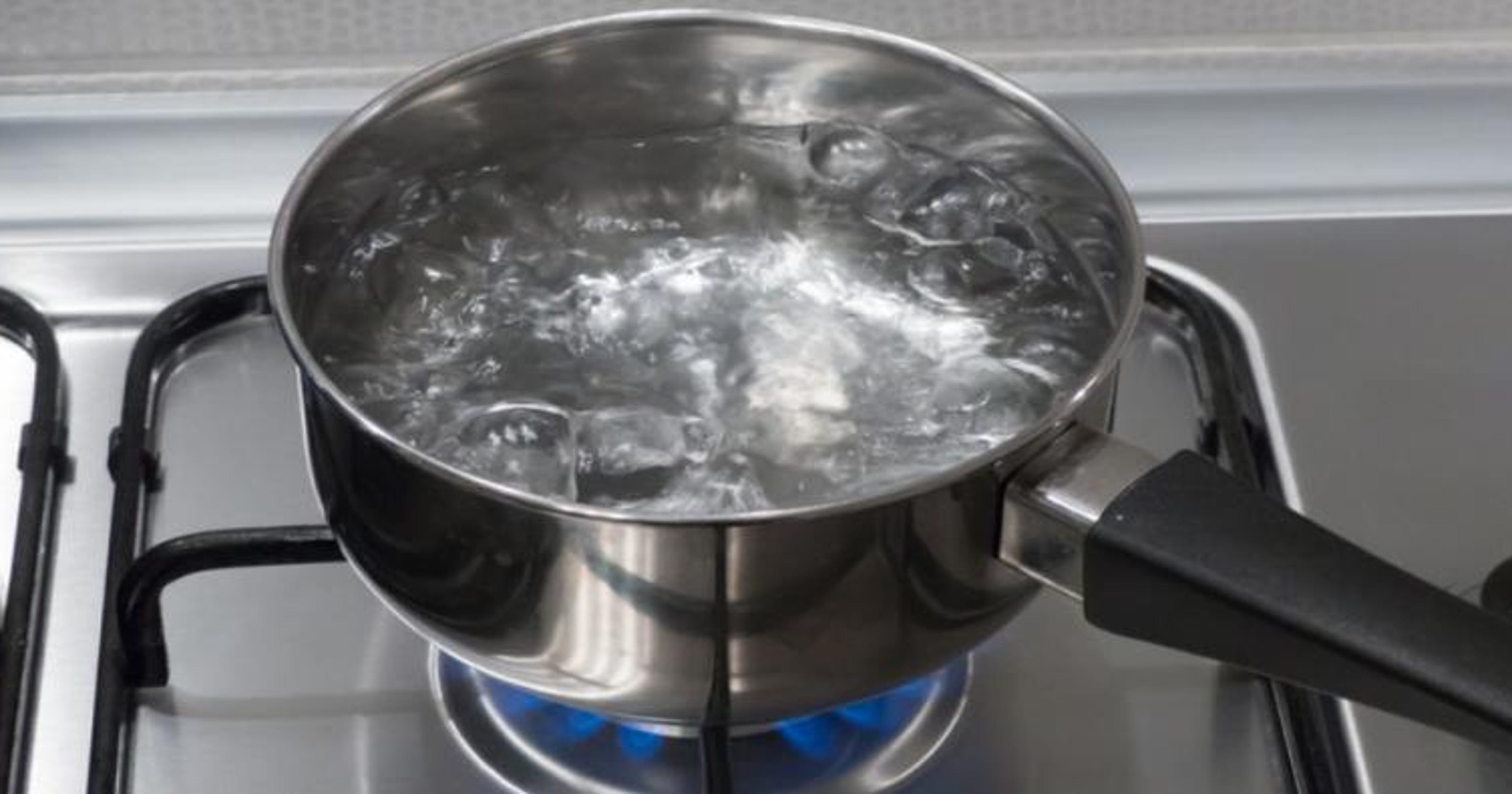


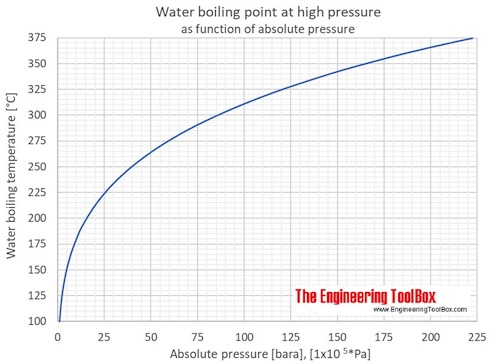

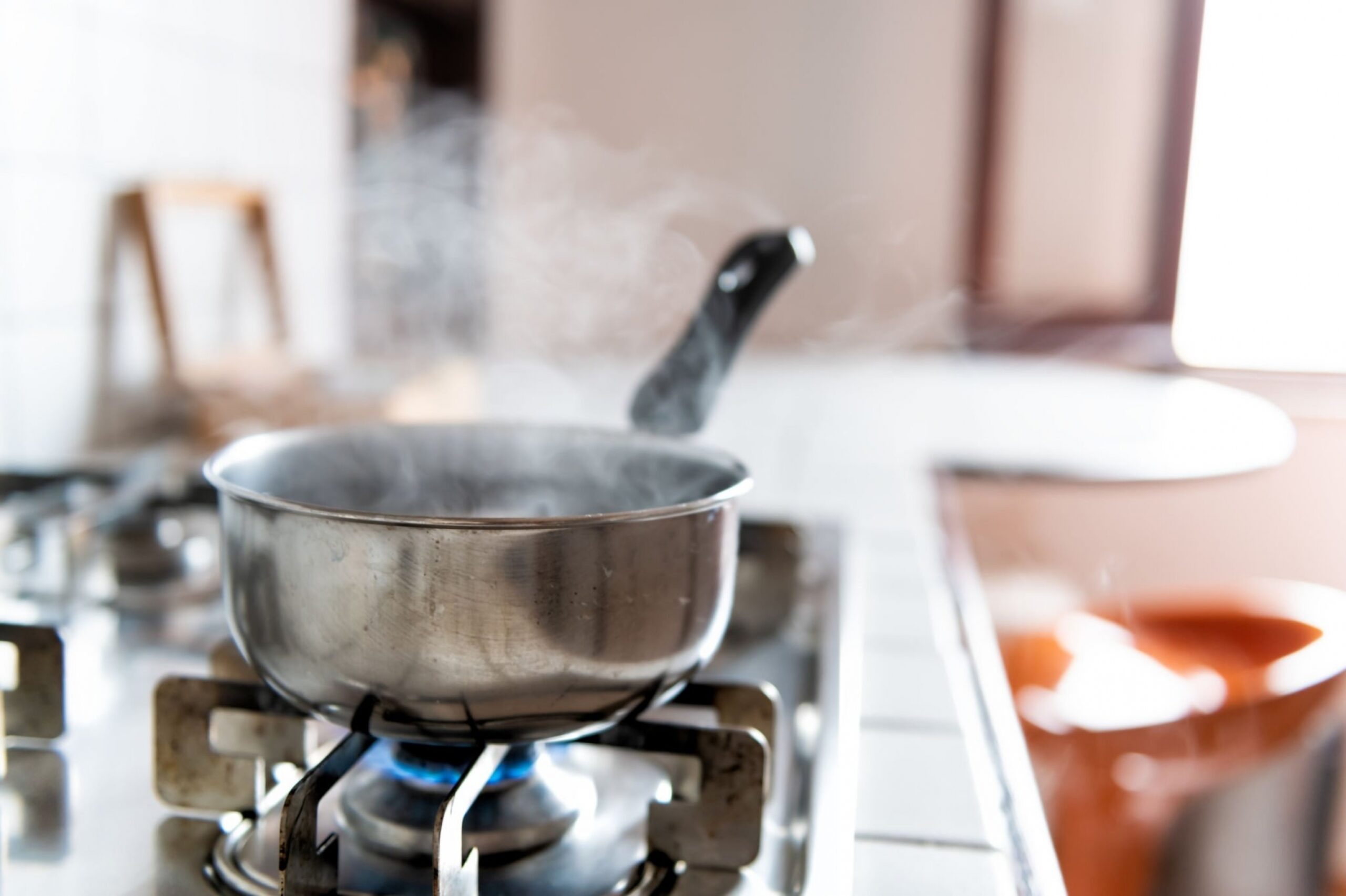
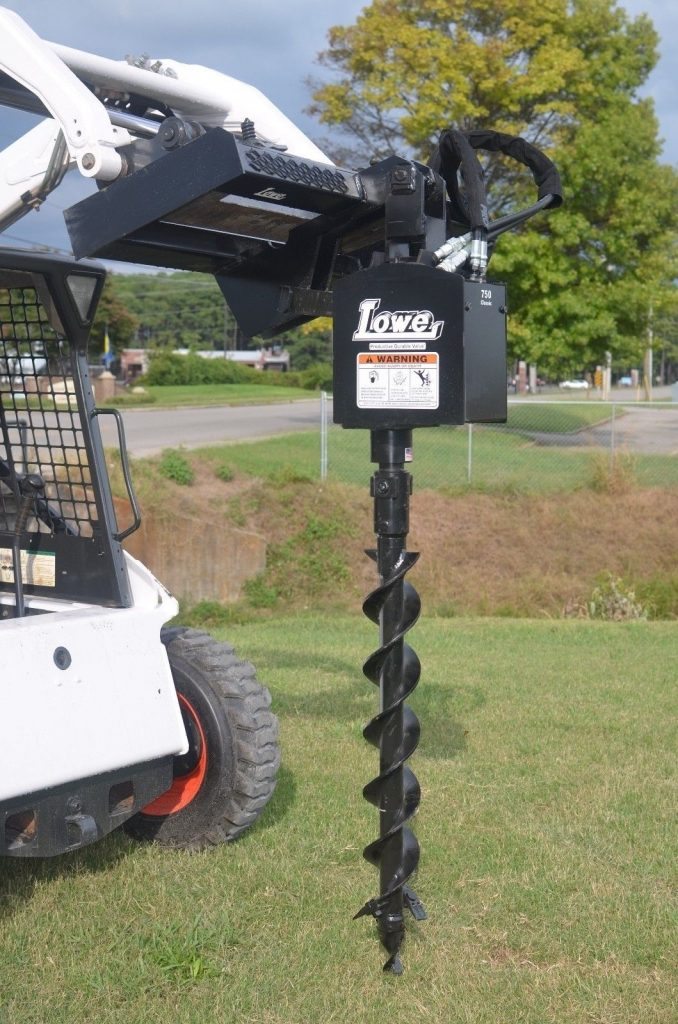
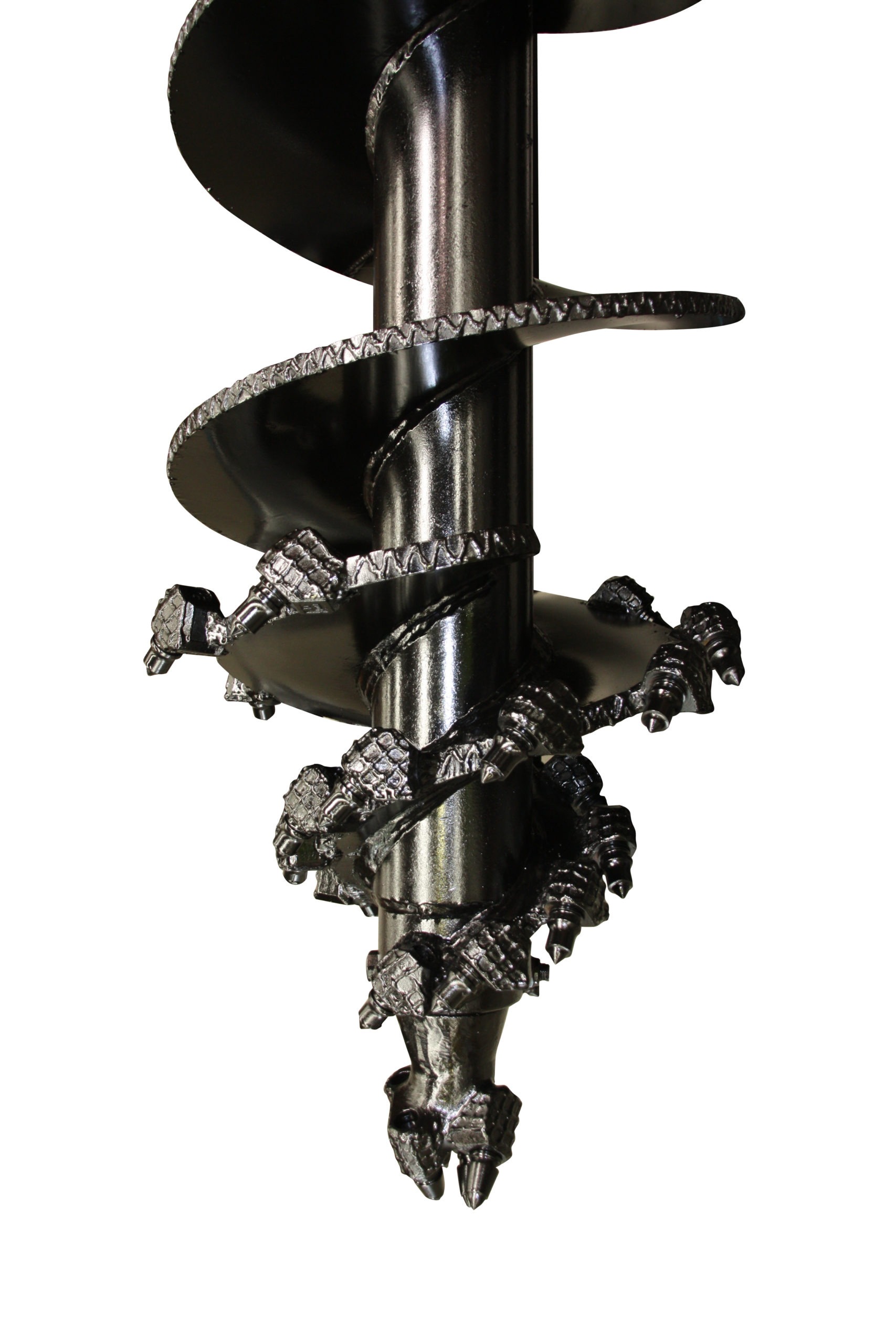
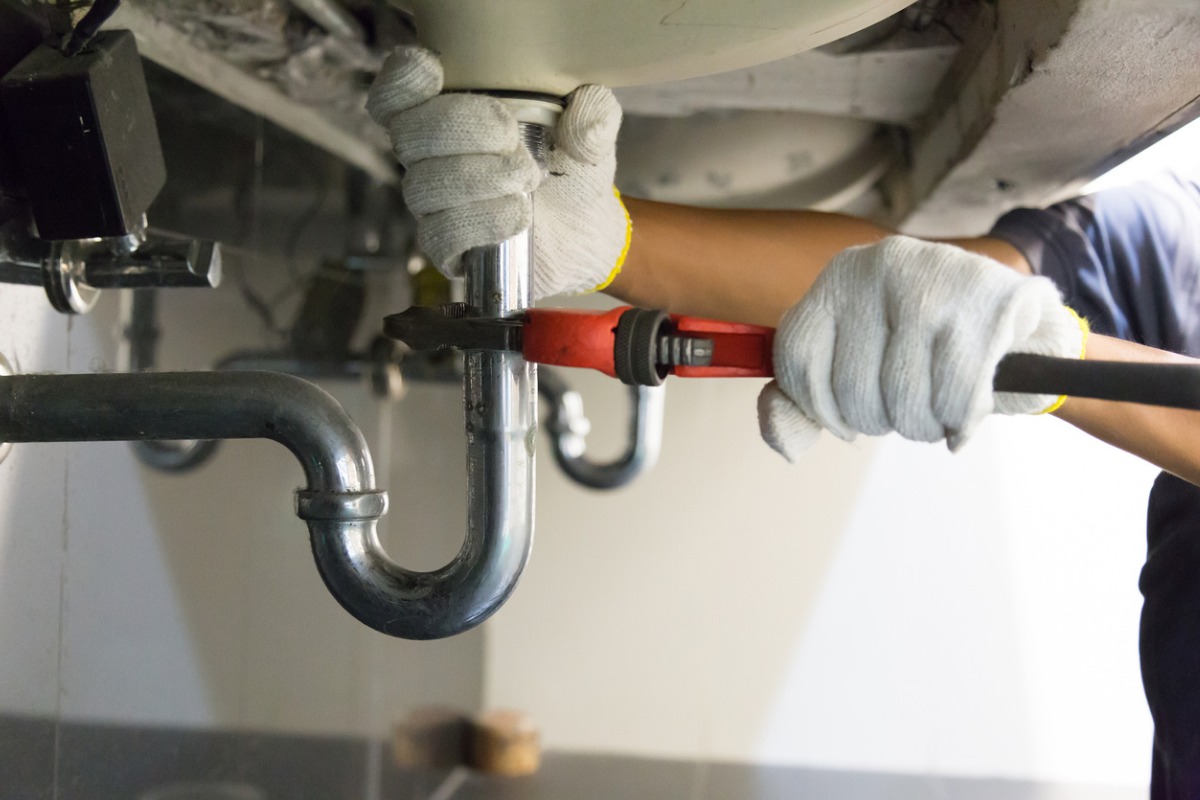









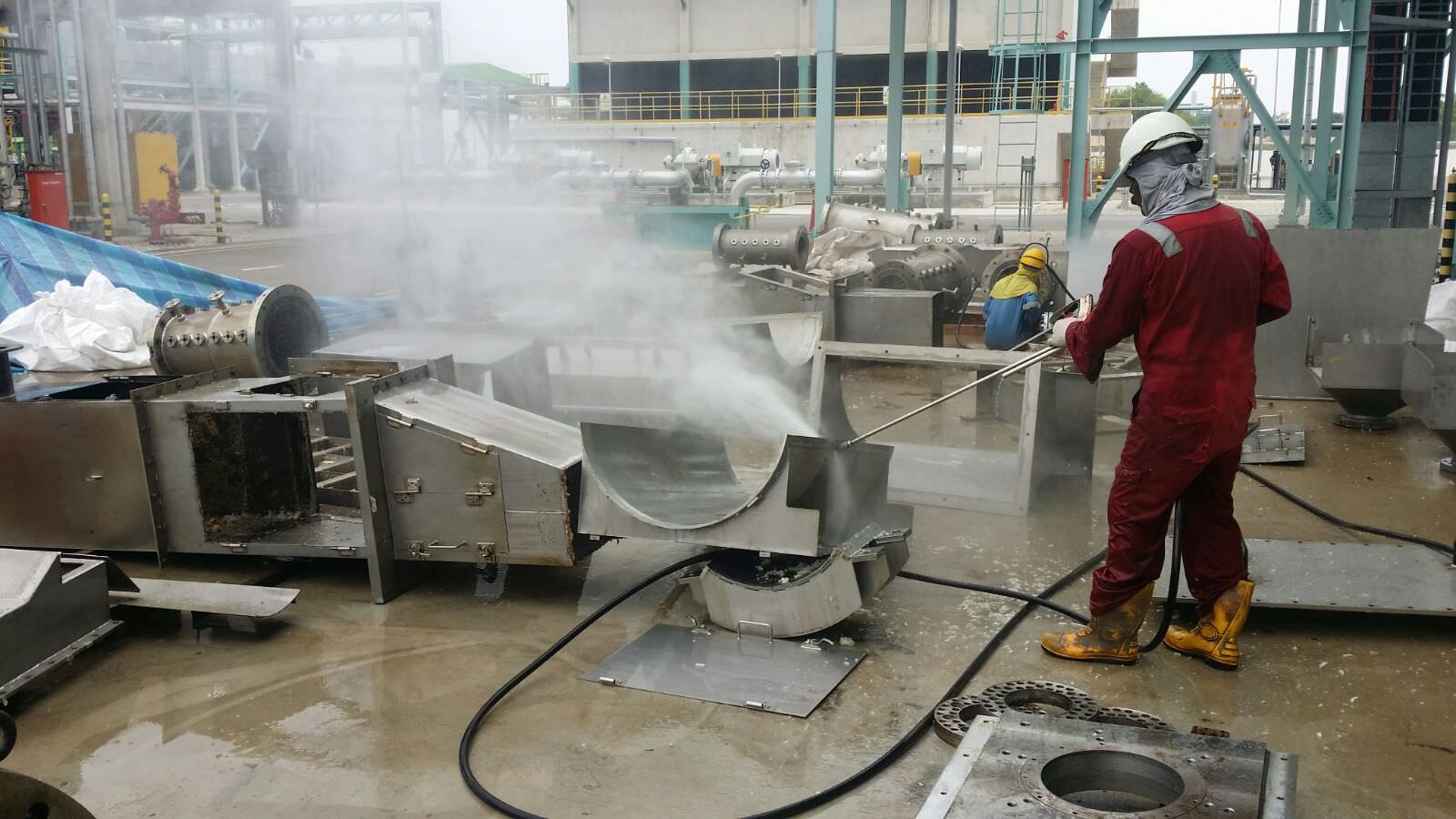
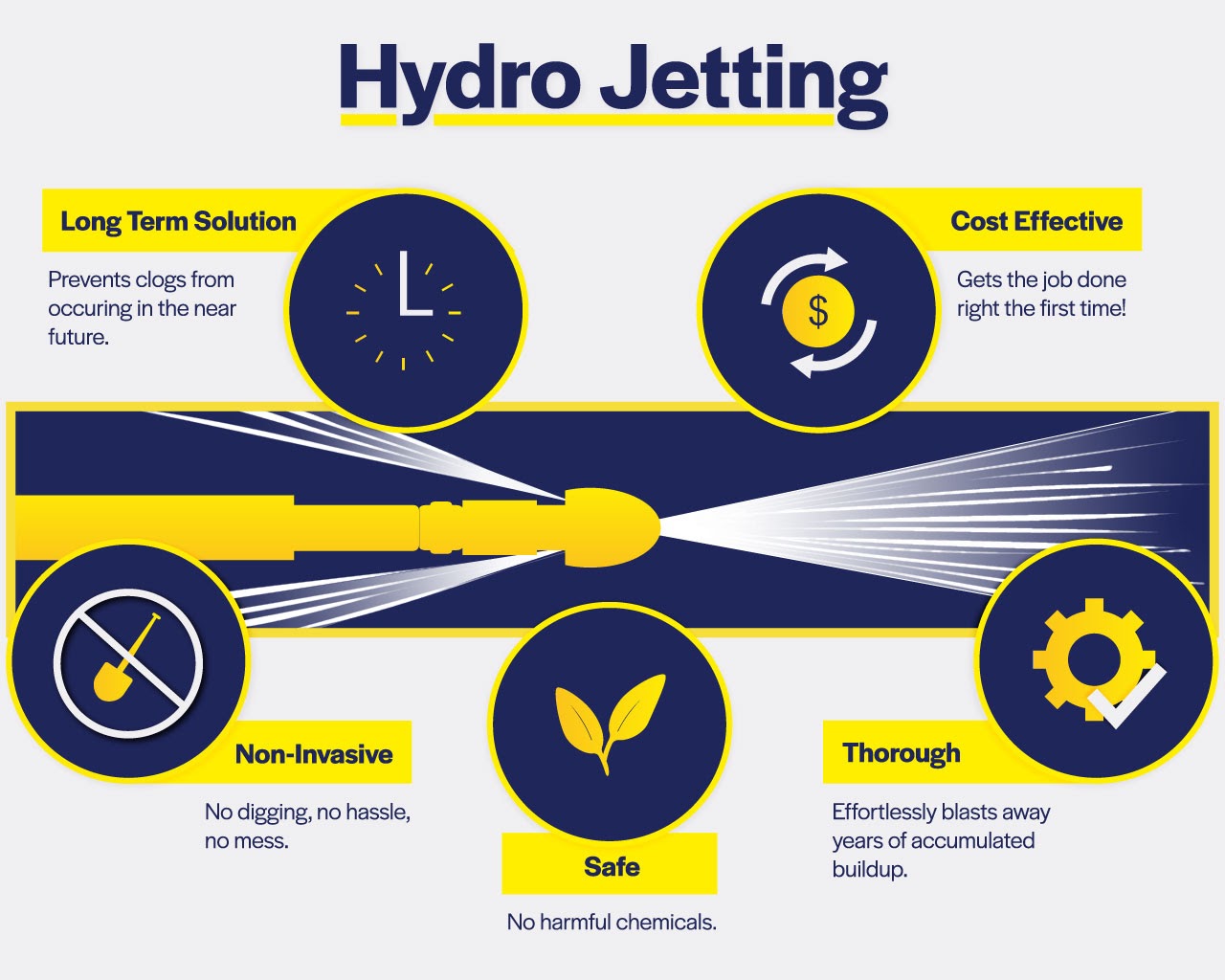
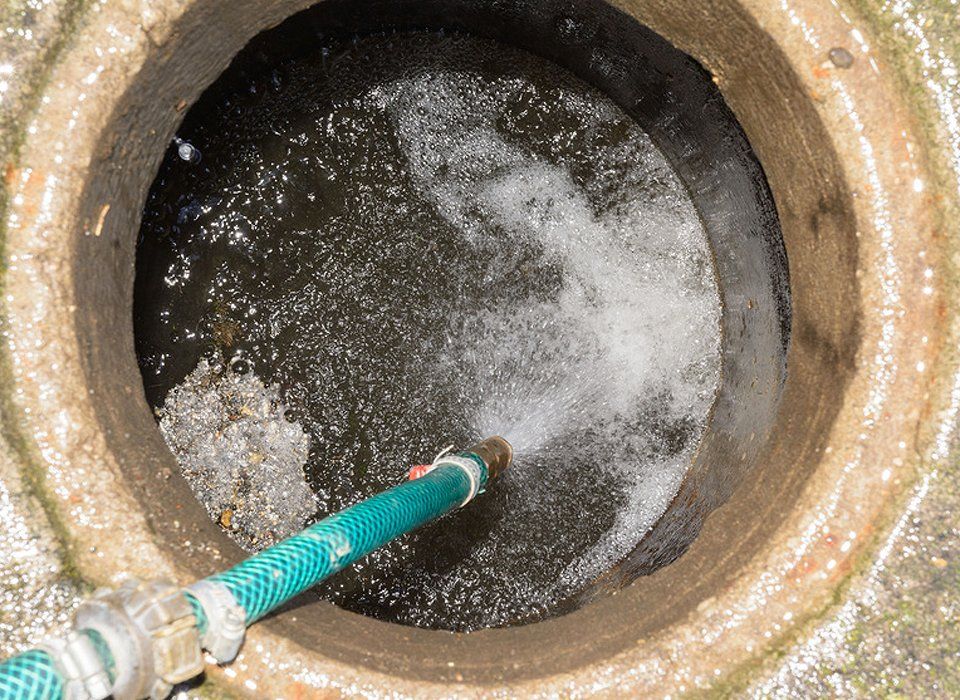
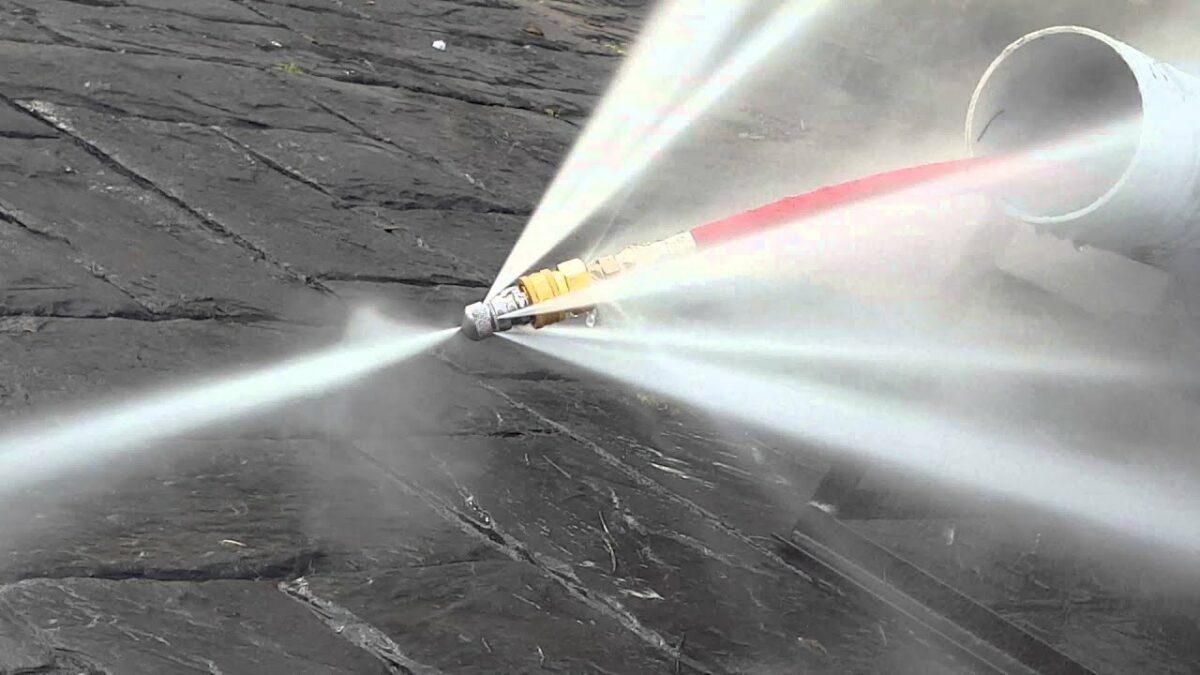
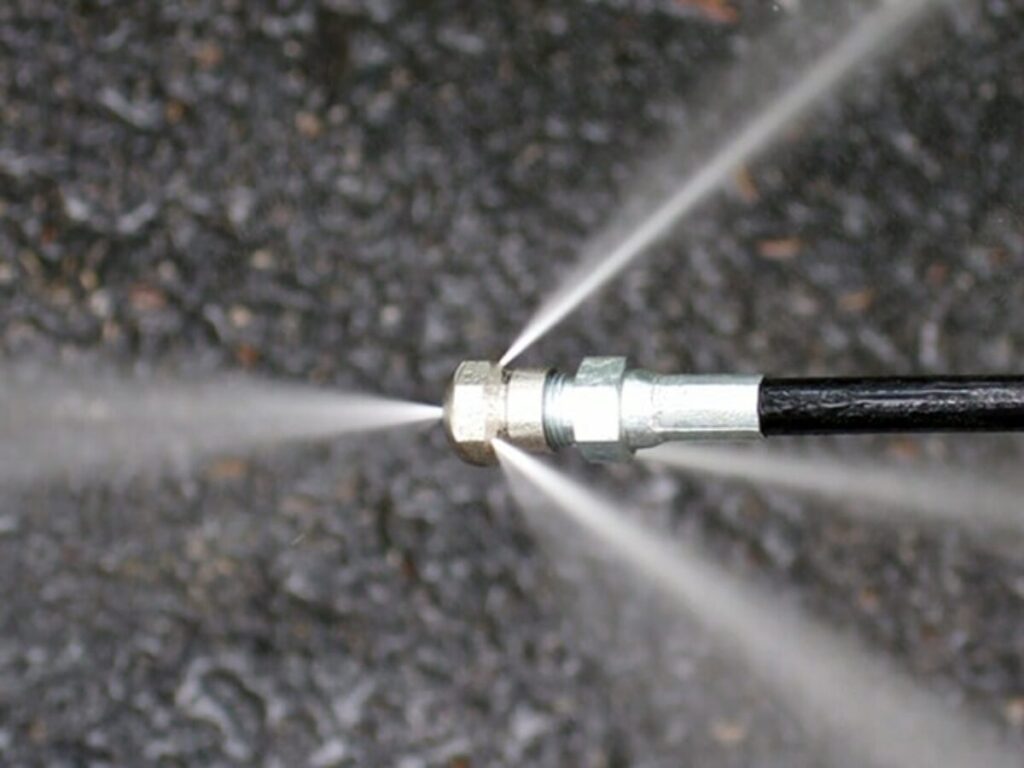



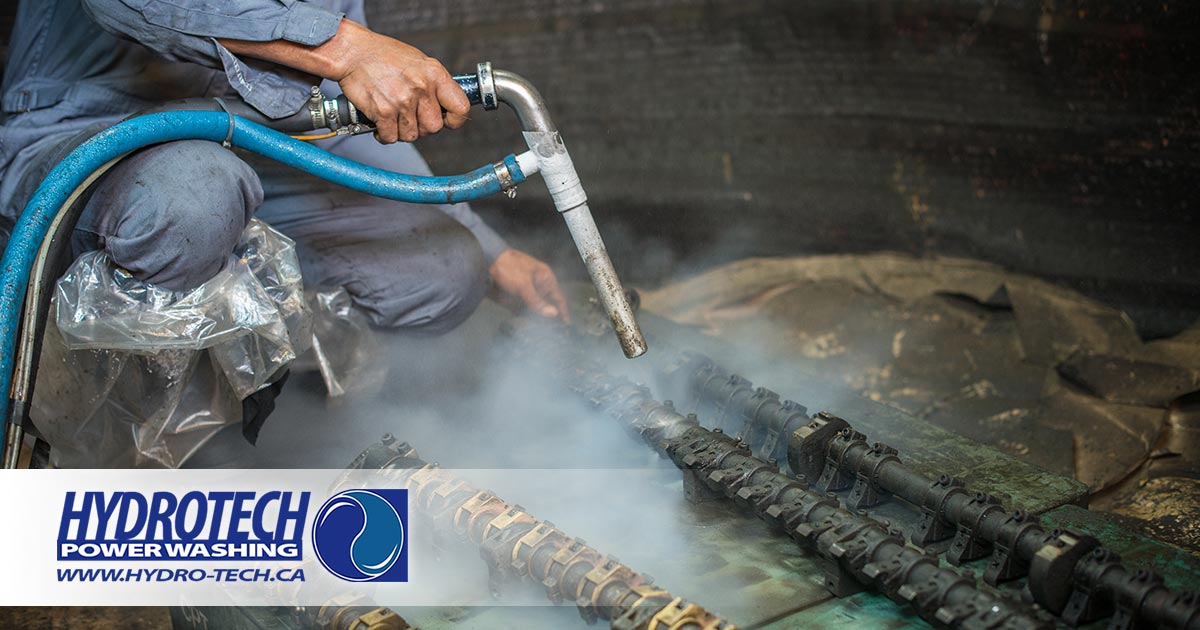



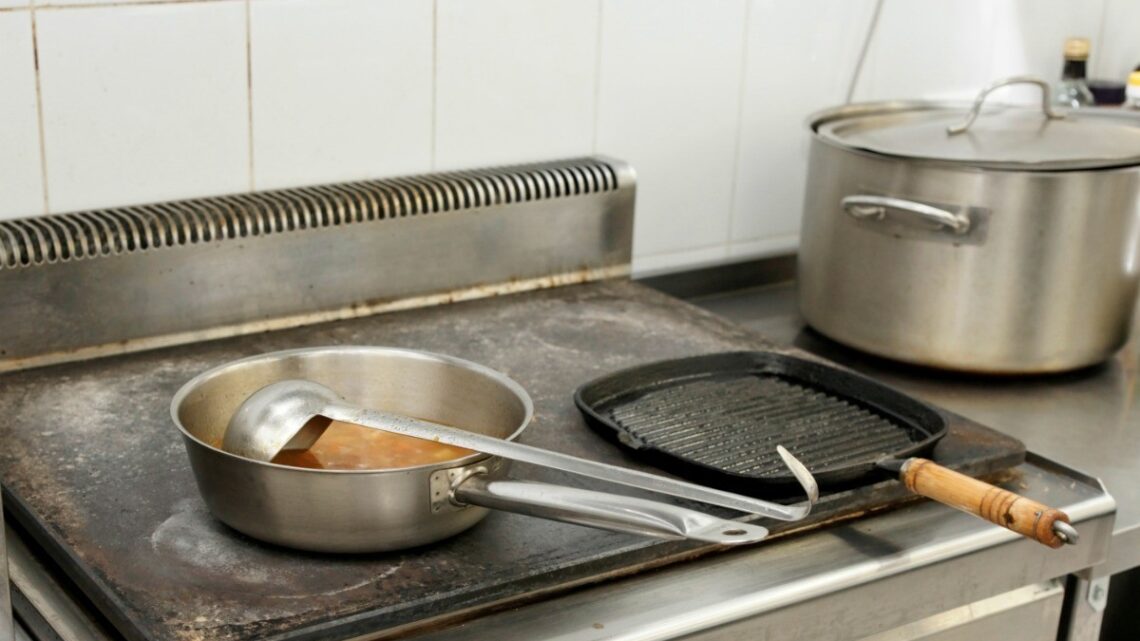


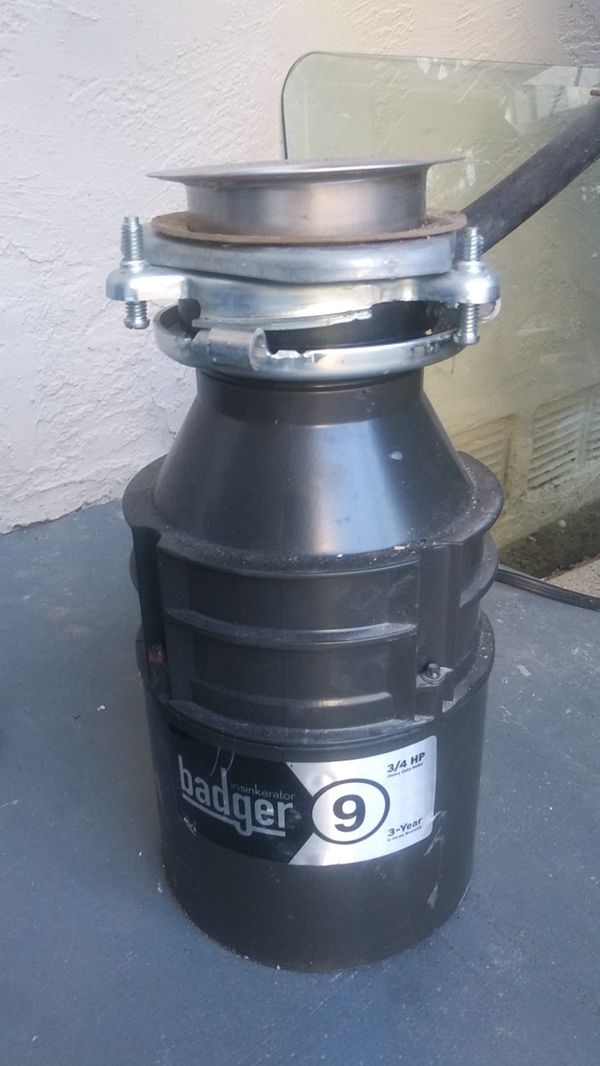


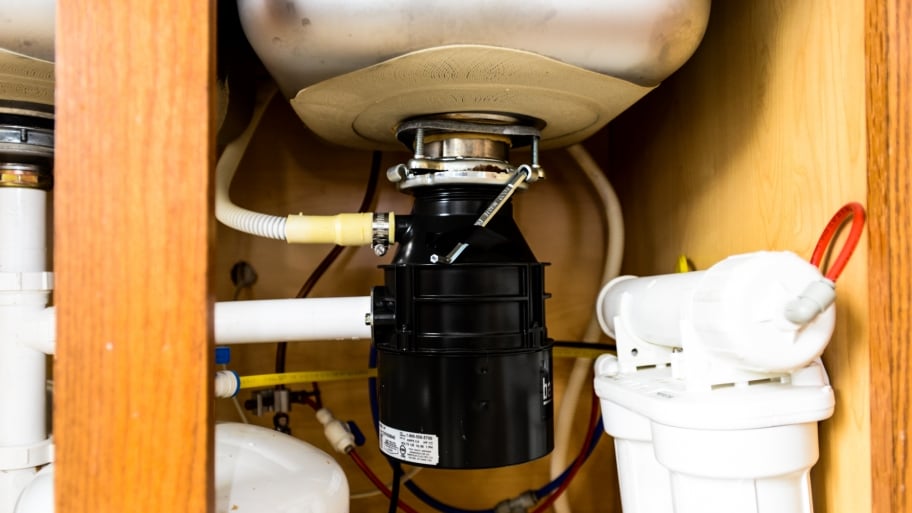
:max_bytes(150000):strip_icc()/garbage-disposal-installation-1824830-01-73cf0263b344447488ed8e15f7f2bc78.jpg)


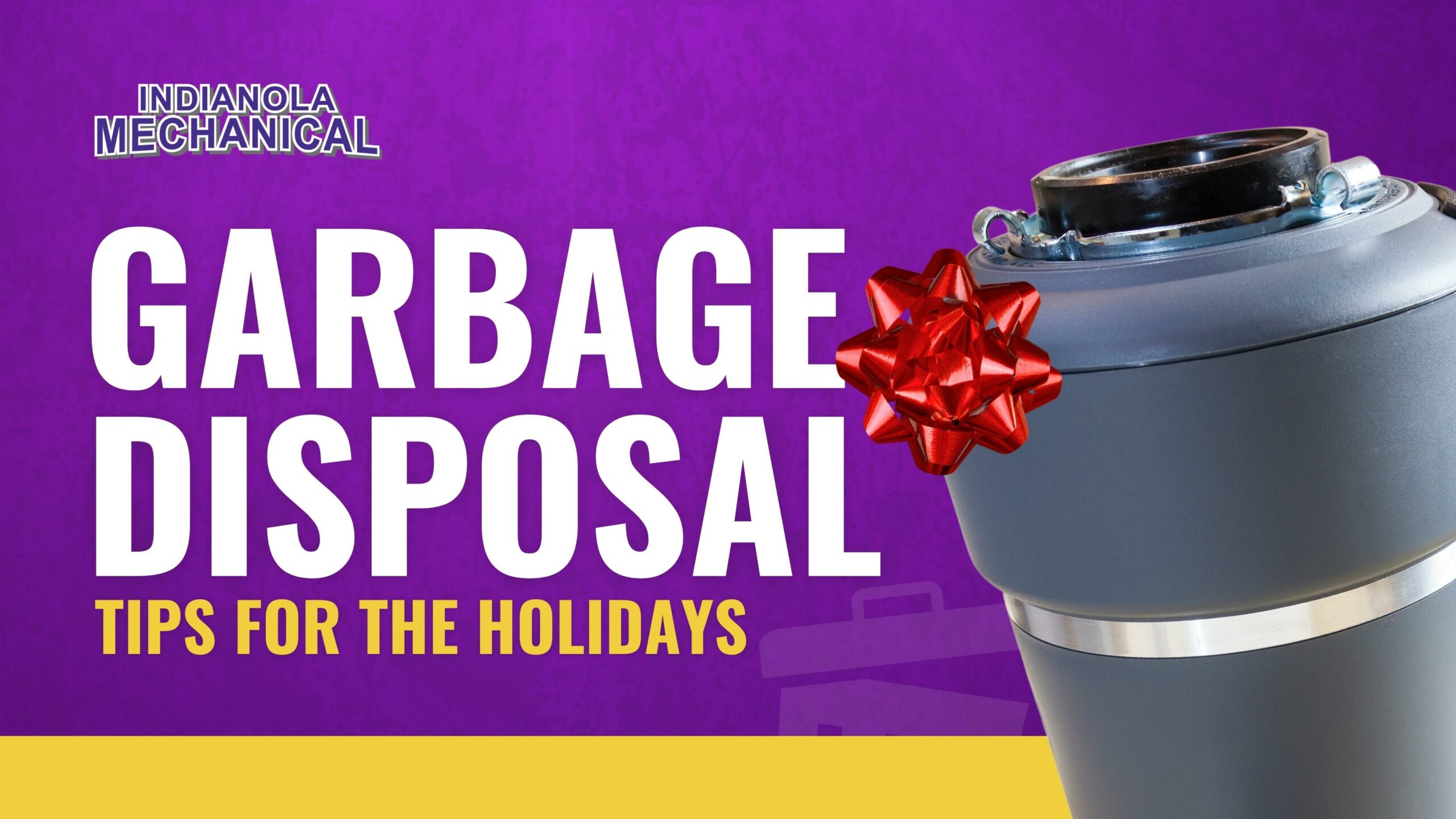
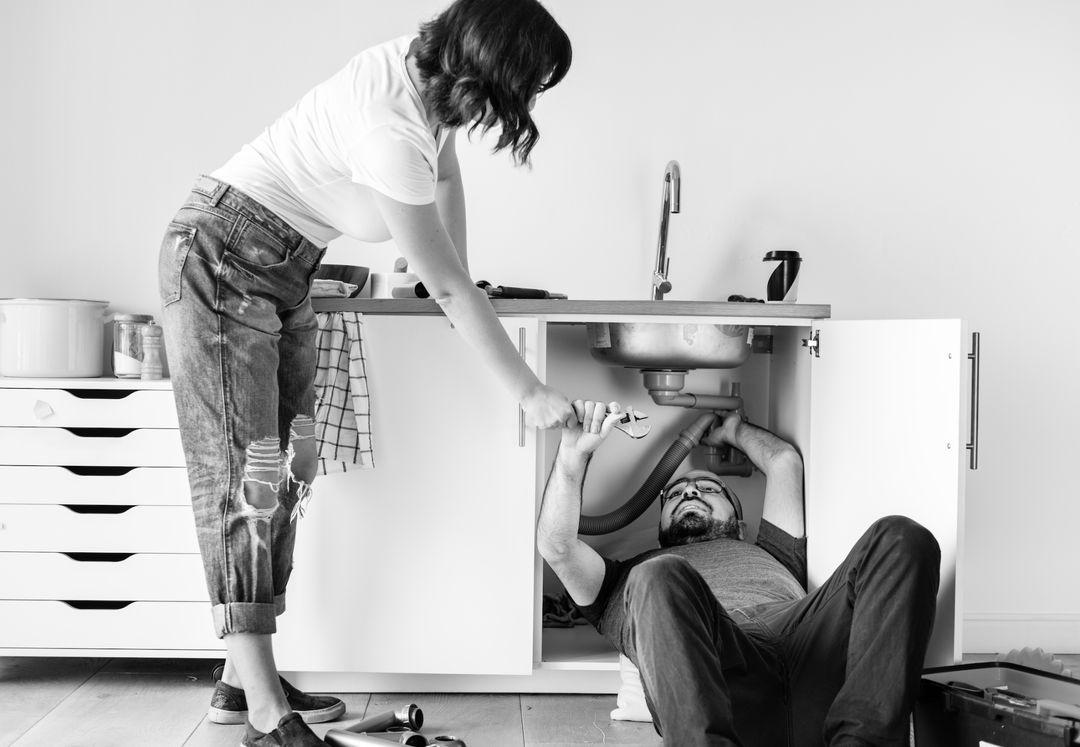
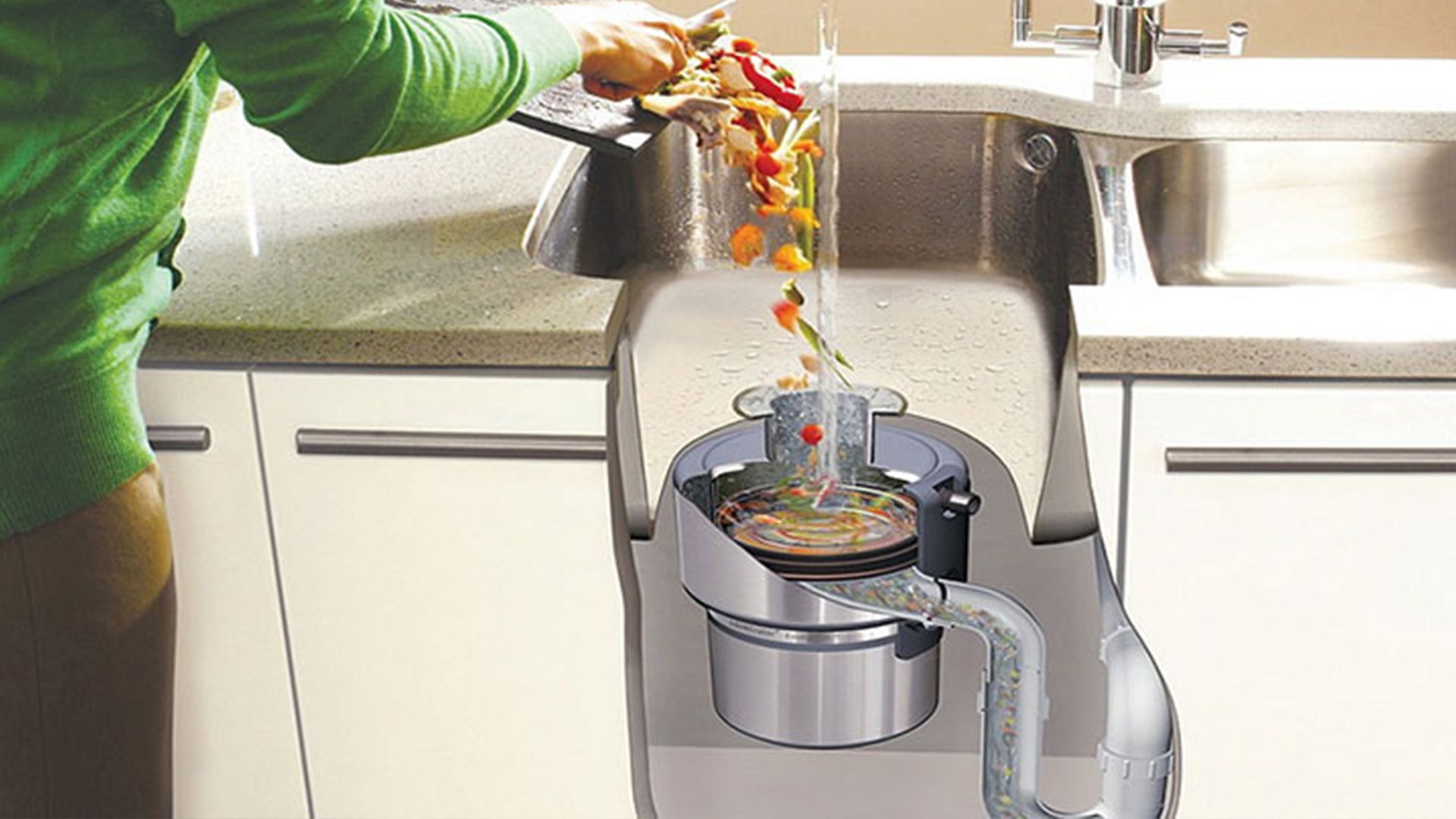


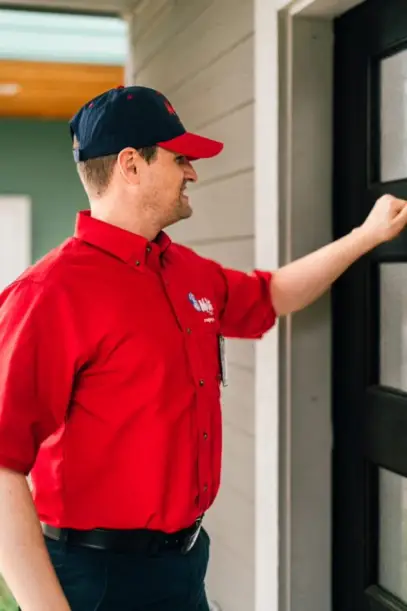
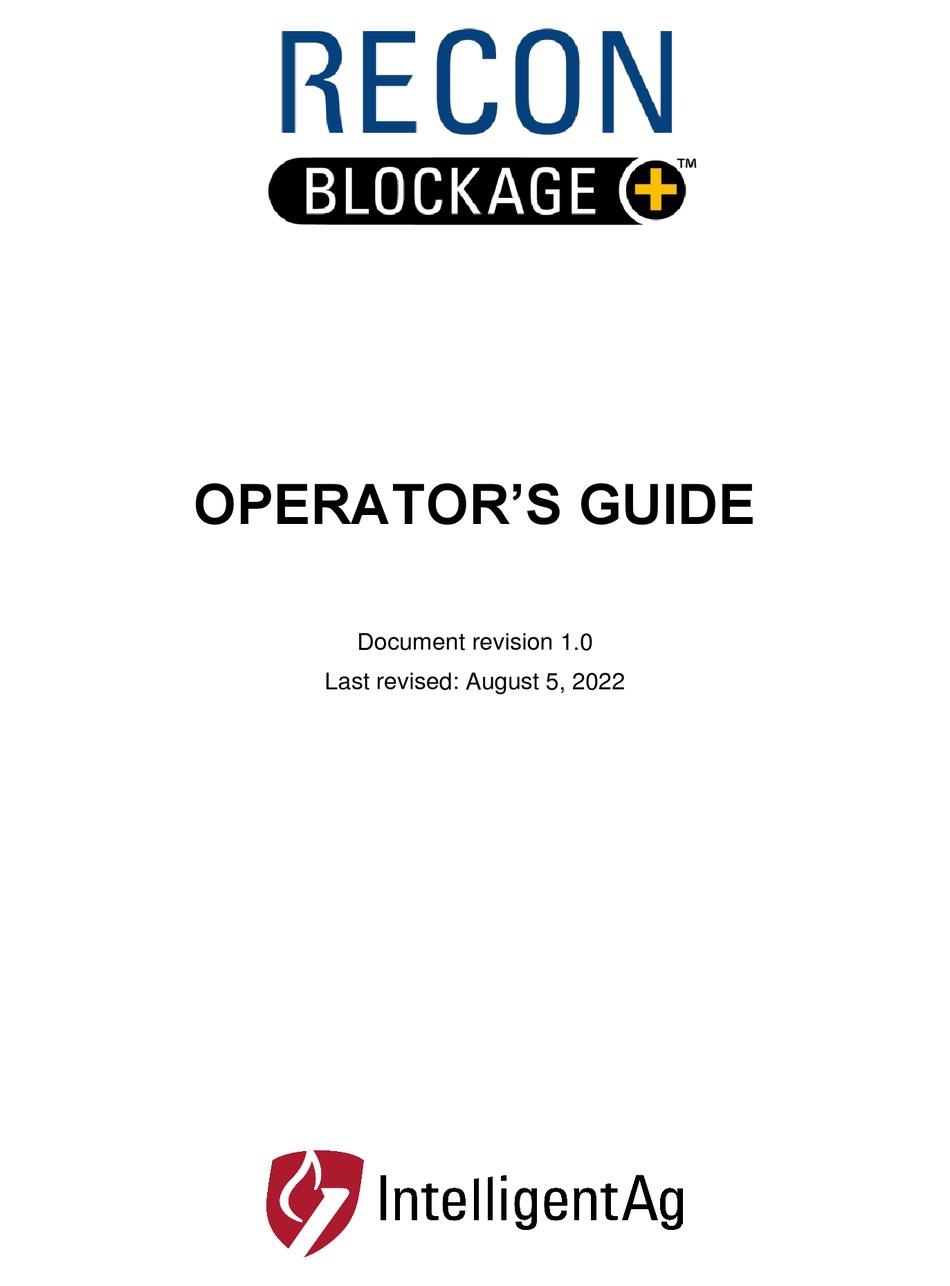
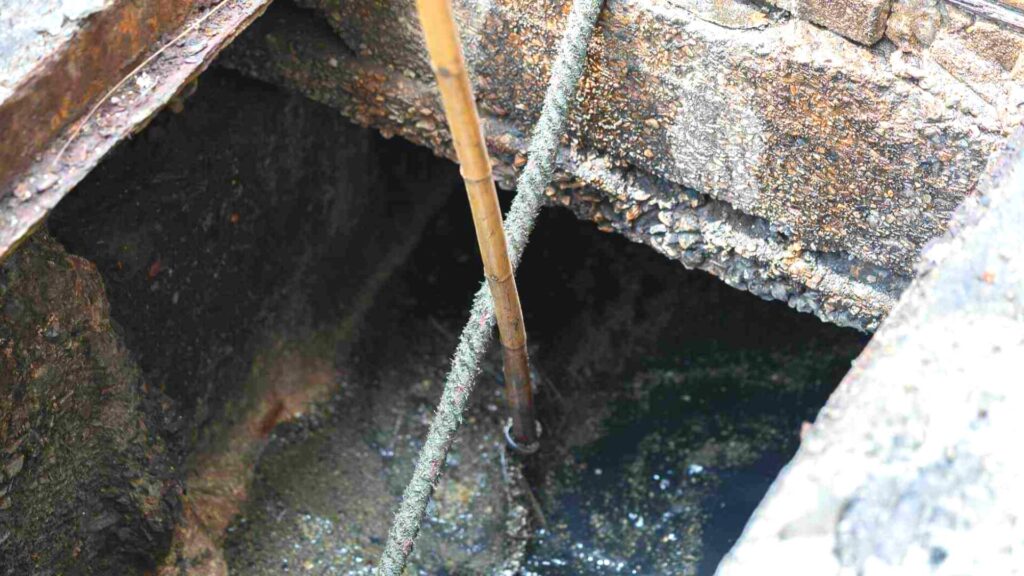
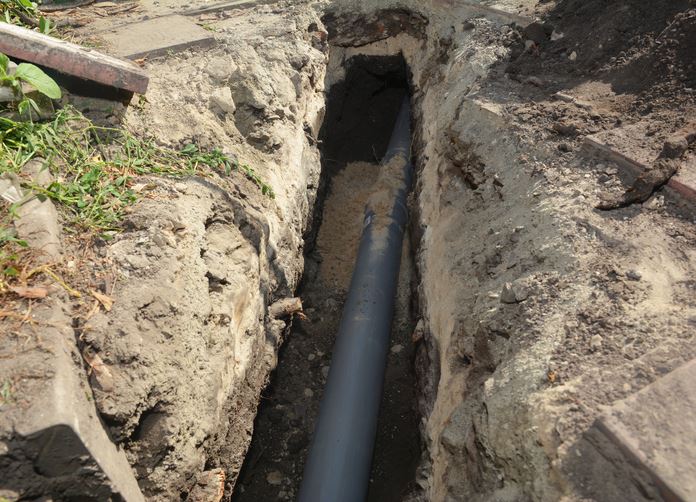
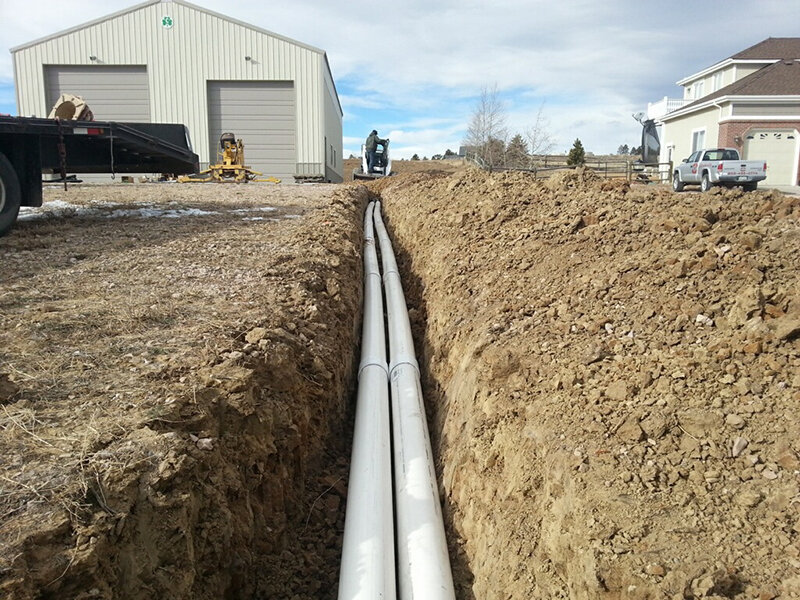










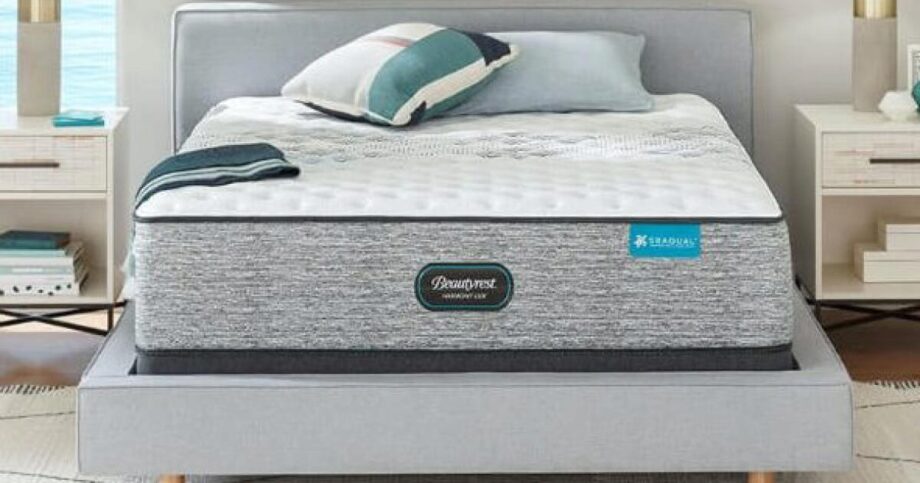

:max_bytes(150000):strip_icc()/ButterflyHouseRemodelLivingRoom-5b2a86f73de42300368509d6.jpg)
